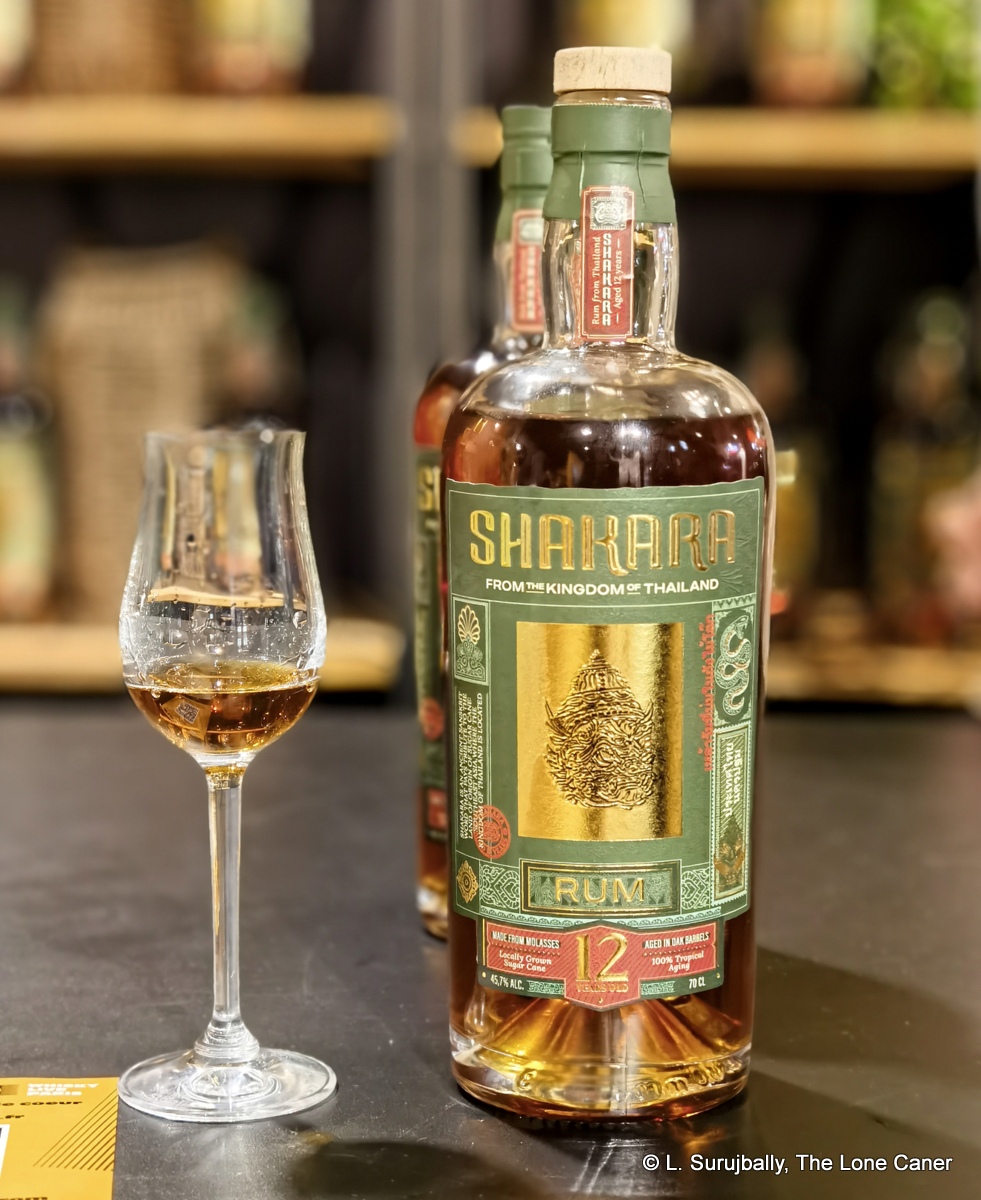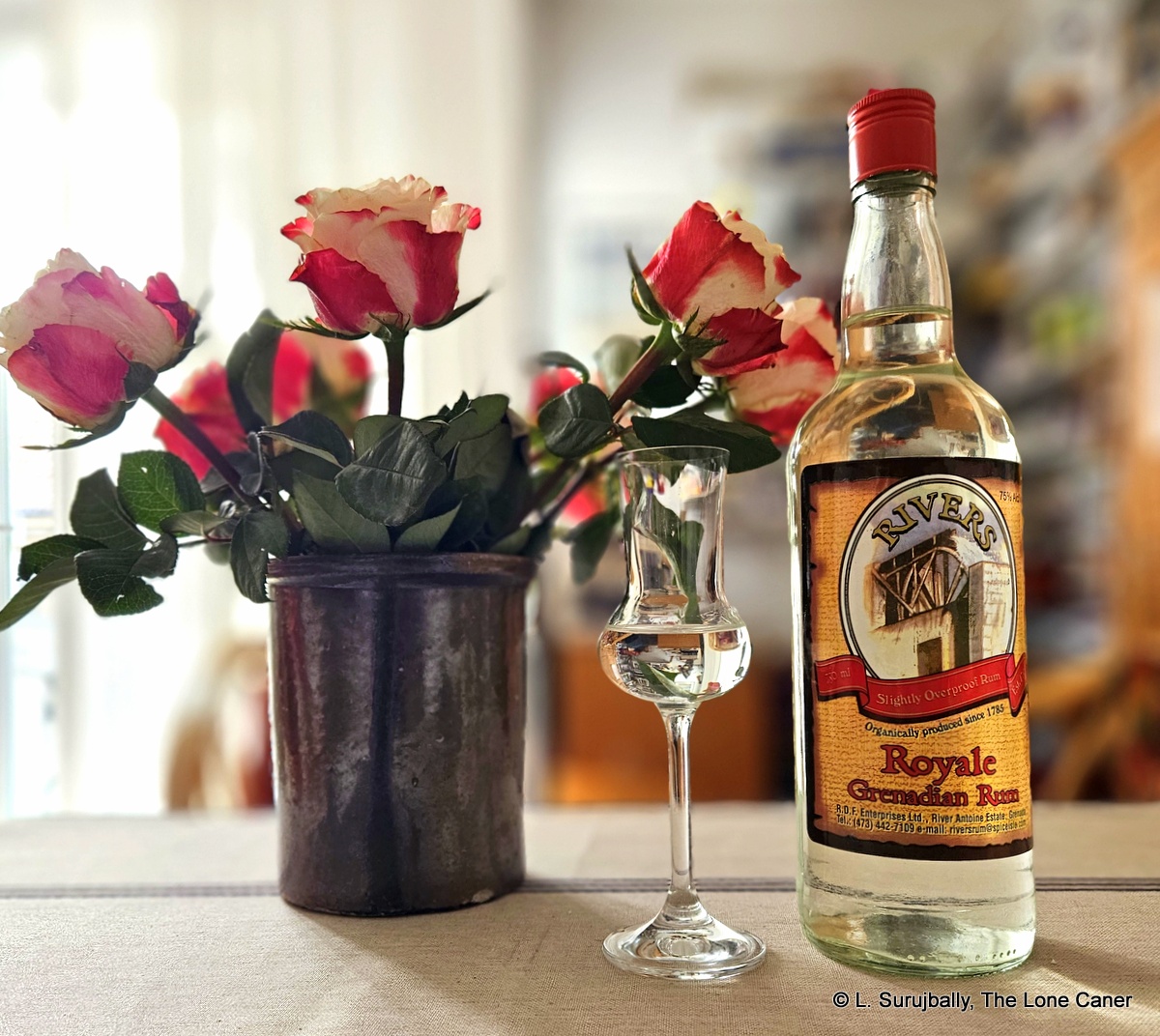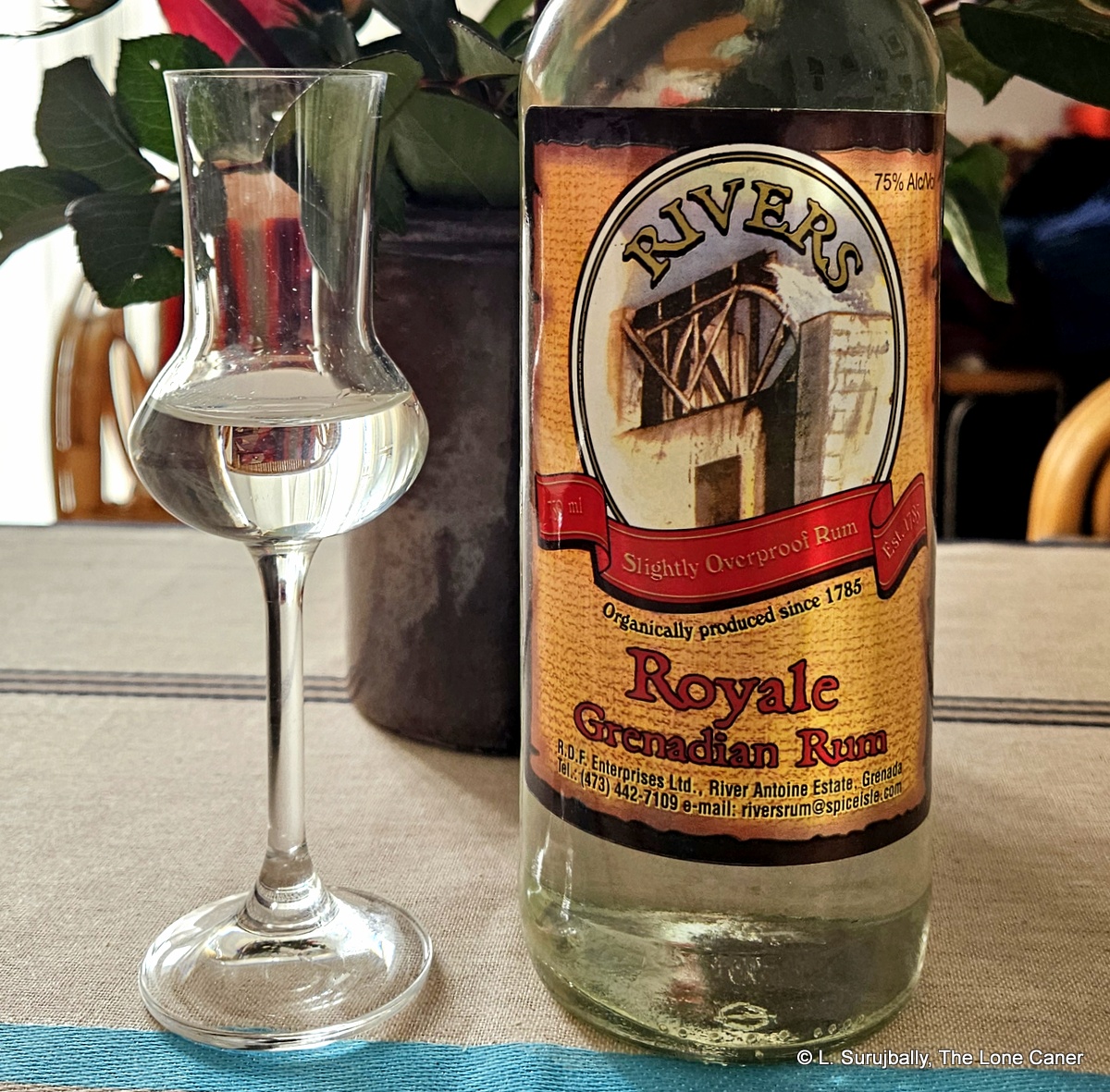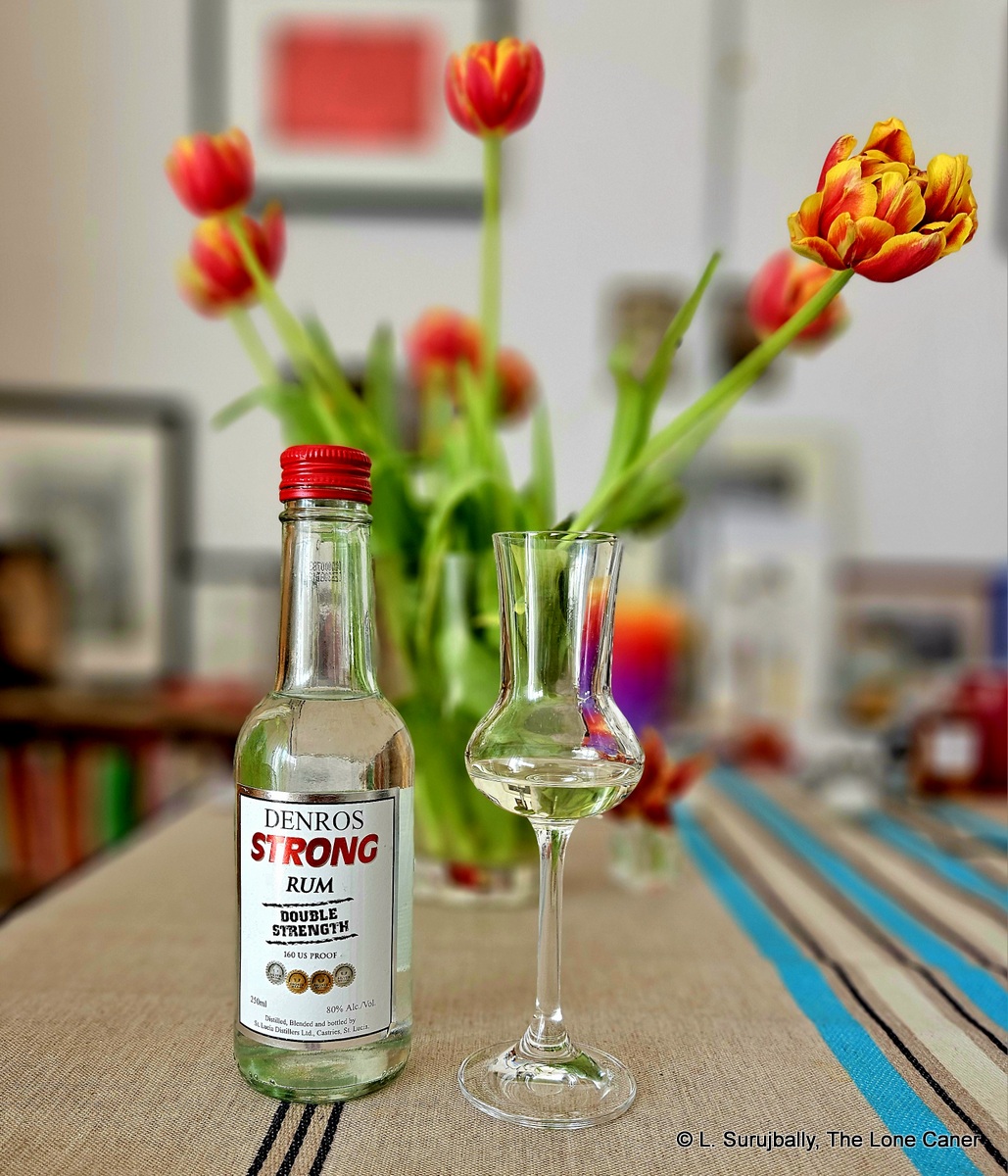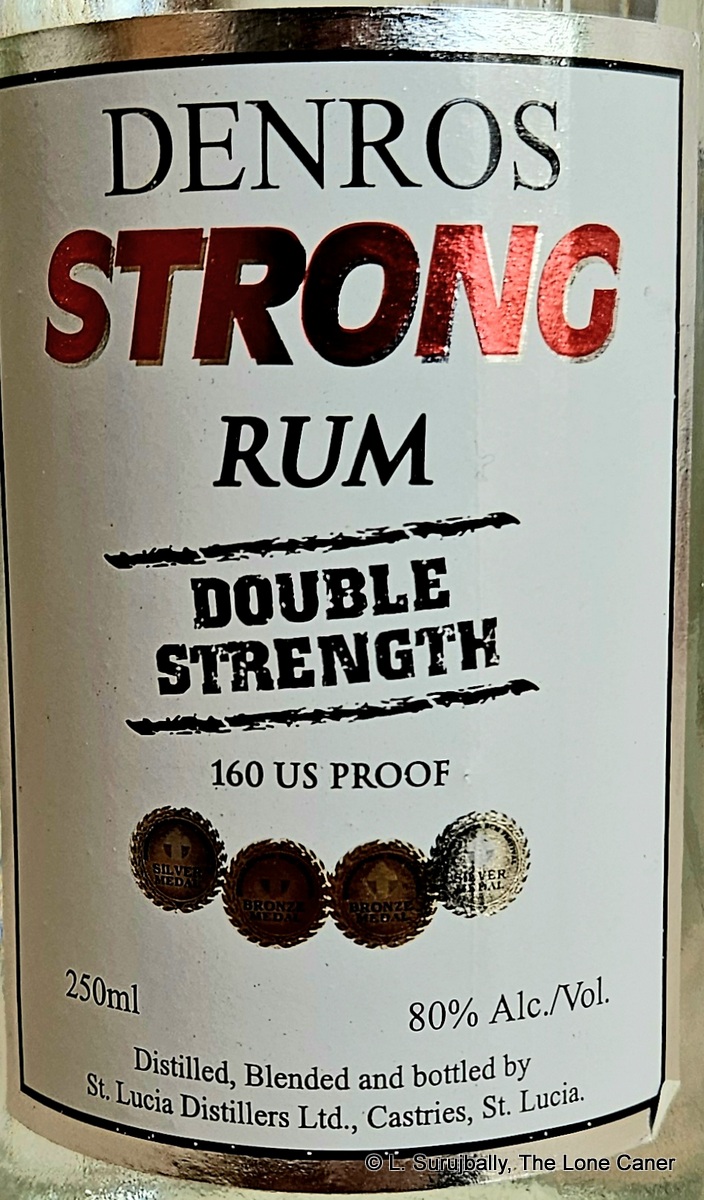There are three of these cask strength single-still editions from El Dorado, one from each of the famed “heritage” wooden stills: Versailles, Port Mourant and Enmore. All are full proof, all are very exacting, and all point to the evolution of El Dorado into the premium rum space previously seen to be inhabited mostly by independent bottlers (occasionally issued halo rums by producers don’t count).
Although there had been movements to issuing still-specific rums before (most notably the Rares in 2015-2018) one never got the impression DDL’s heart was in it: the outturns were too small, people were not initially receptive, and because the bottles were different they were not always known to be from DDL, so sales were lacklustre and they fell by the wayside. The aha! moment (my opinion) came just after COVID, when we began to see the stubby brown bottles and similar labels as the Standard Line, start to come to market.
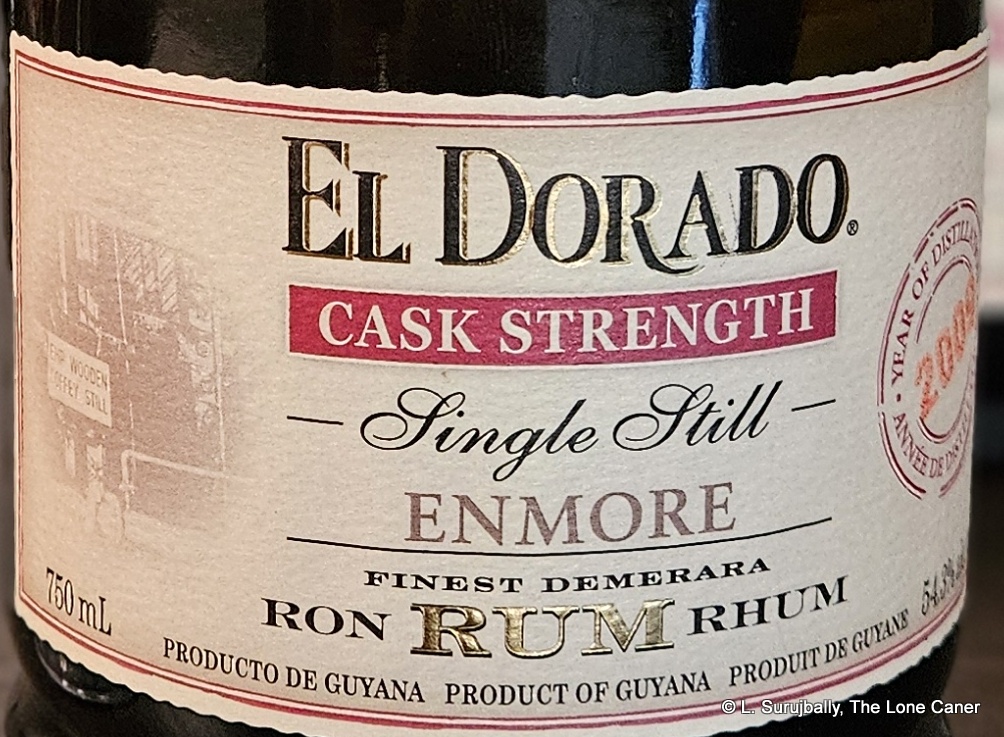 There are two versions of these three rums: one set is at 40%, which I mostly ignore, though I’ve tried them. And the others are at cask strength, that are much more expressive and to me, give a truer insight into the stills’ output. We’ve looked at the 2009 PM edition before, so now let’s turn our attention to the Enmore from the same year, also a 12 YO, and at 54.3% ABV
There are two versions of these three rums: one set is at 40%, which I mostly ignore, though I’ve tried them. And the others are at cask strength, that are much more expressive and to me, give a truer insight into the stills’ output. We’ve looked at the 2009 PM edition before, so now let’s turn our attention to the Enmore from the same year, also a 12 YO, and at 54.3% ABV
Tasting notes: well, it starts off nosing quite nicely: sweet, warm aromatic wood, earth, caramel, honey, yoghurt, vanilla, cinnamon, nutmeg, sort of like an old confectionary shop in winter. It smells of some light sawdust and wood chips, but also (get this) gummi bears, crushed walnuts. peanut brittle (!!), and also some bitterness of tannins and unsweetened dark chocolate and coffee grounds. And lurking behind it like a Beagle Boy with a cosh in his hand is a faint whiff of meatiness, which is odd, I grant you, but far from unpleasant – in fact, the only thing missing here is the slight tart and acidic bite of citrus.
The palate is dry and slightly sweet (I like that). The same bitterness of wood chips, wet sawdust and a used coffee filter, but also bags of really dark fruits: prunes, raisins, plums for the most part, with maybe some overripe dark cherries, and even and olive or two. The woodiness seems a bit more prevalent here in spite of the balancing earthy and spice tones, and once again there is an absence of countervailing bite which certainly will take some getting used to, especially for those who like agricoles or blended Latin style rons. The finish is pretty good, lasting a decent long time, warm and earthy and spicy, with more chocolate and coffee, raisins and some honey to back it up. This is a rum of the country that really does a spiffing job, honestly – I liked it a lot.
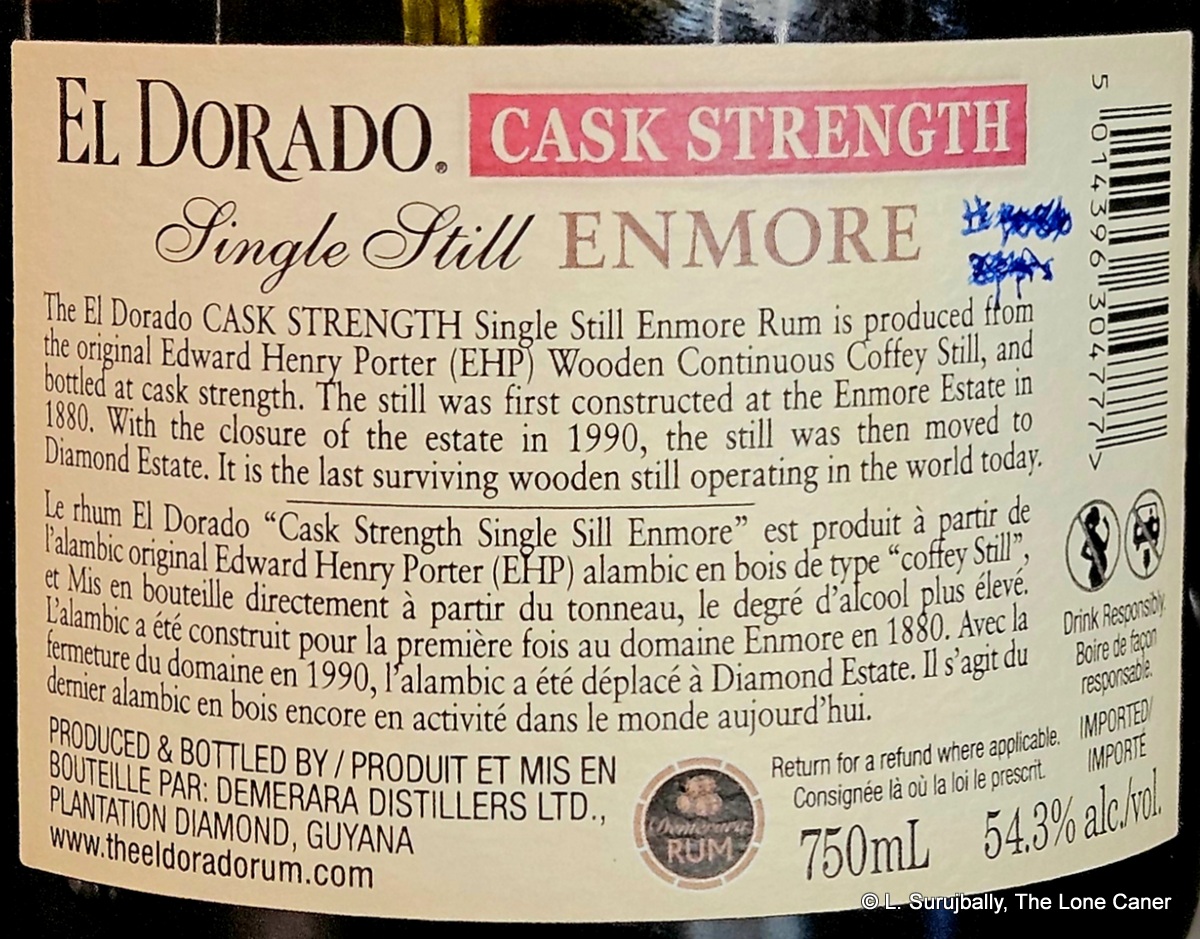 I am going to score this at 89, but advise readers to be careful with that number: it’s based on the experience I’ve had with scores of rums from Guyana over the years, so I know why I award the points. The rum is excellent, showcases the still wonderfully, and has that sense of individualistic and unique character which I personally prize: however, for those whose experience or preferences bend towards softer and more carefully blended rums from Guyana (like the standard lineup of 5, 8, 12, 15 and 21 year olds) may find a single still offering to be too strange, or different, for easy drinking. One should, I believe, have a decent knowledge of the heritage stills to appreciate their uniqueness, because although the stills’ qualities are evident here, so are some of the weaknesses, the same weaknesses that have heretofore led DDL to always blend them, never release them individually.
I am going to score this at 89, but advise readers to be careful with that number: it’s based on the experience I’ve had with scores of rums from Guyana over the years, so I know why I award the points. The rum is excellent, showcases the still wonderfully, and has that sense of individualistic and unique character which I personally prize: however, for those whose experience or preferences bend towards softer and more carefully blended rums from Guyana (like the standard lineup of 5, 8, 12, 15 and 21 year olds) may find a single still offering to be too strange, or different, for easy drinking. One should, I believe, have a decent knowledge of the heritage stills to appreciate their uniqueness, because although the stills’ qualities are evident here, so are some of the weaknesses, the same weaknesses that have heretofore led DDL to always blend them, never release them individually.
That may be because distillate from the Enmore still takes some time to get to the point, and some effort by the distillers to bring to its full potential. It’s always been hit or miss for me, some succeeding, others not quite making it, with few editions truly ascending to the heights, and those that do are almost all from the indie bottlers. For my money, here, DDL really has managed to come out with something almost as good as the Rare Edition R2 1990 20 year old, younger and at a lesser price. Others may disagree, but with this cask strength edition, DDL has captured that elusive lightning in the bottle, and made a Demerara style rum that really is a cut above the ordinary. Anyone who tries it will likely leave with a greater appreciation of not only the single barrel expressions (at whatever strength) but why they are so special.
(#1132)(89/100) ⭐⭐⭐⭐
Other notes
- Video recap link
- It is the upswing of the rum drinking public’s interest in those stills’ outputs by independent bottlers (most notably Velier, though they were not the first), that led DDL to head in this direction, first with the 2007 “cricket bat” rums, 12- and 15-year old “wine finished” editions, the Rare Editions, then the Experimental “Blended in the Barrel” releases… and now these. My advice for those who are genuinely curious and now diving into these waters, is to go for the 40% expressions (which are also cheaper), rather than going straight for the full proof line.
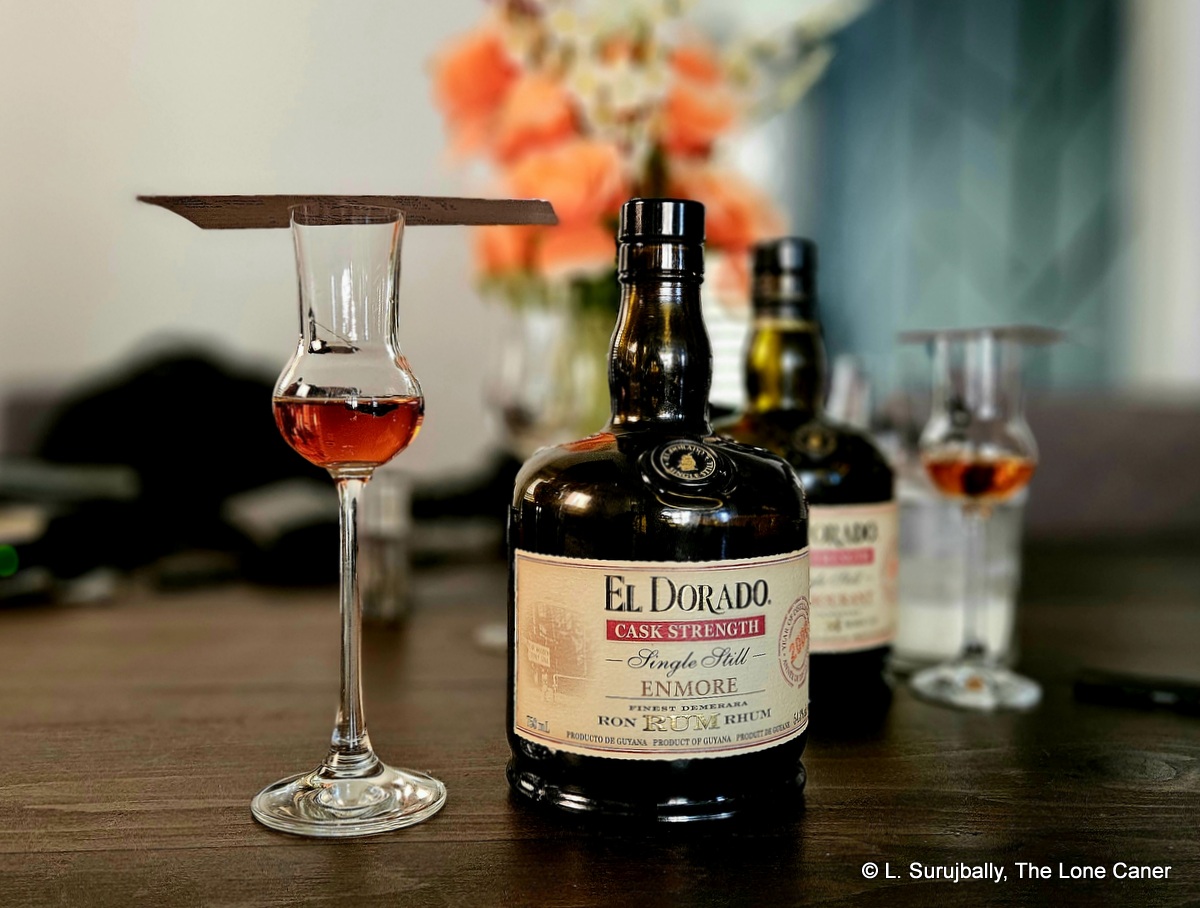
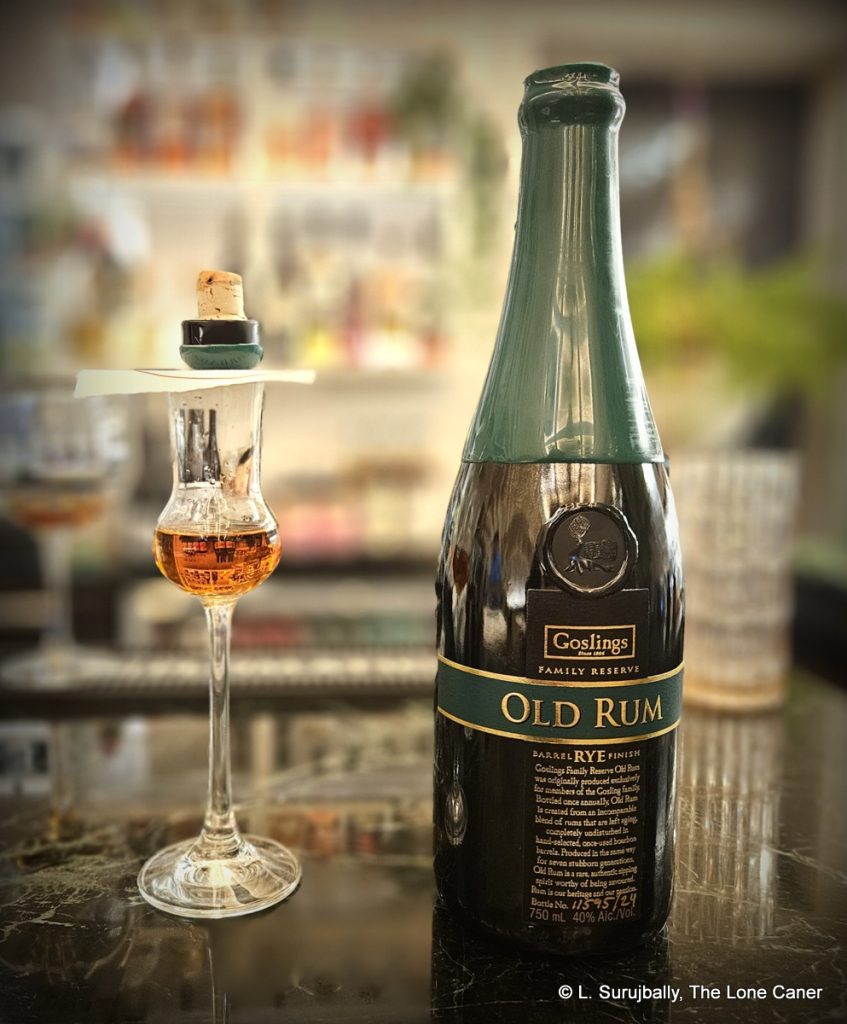
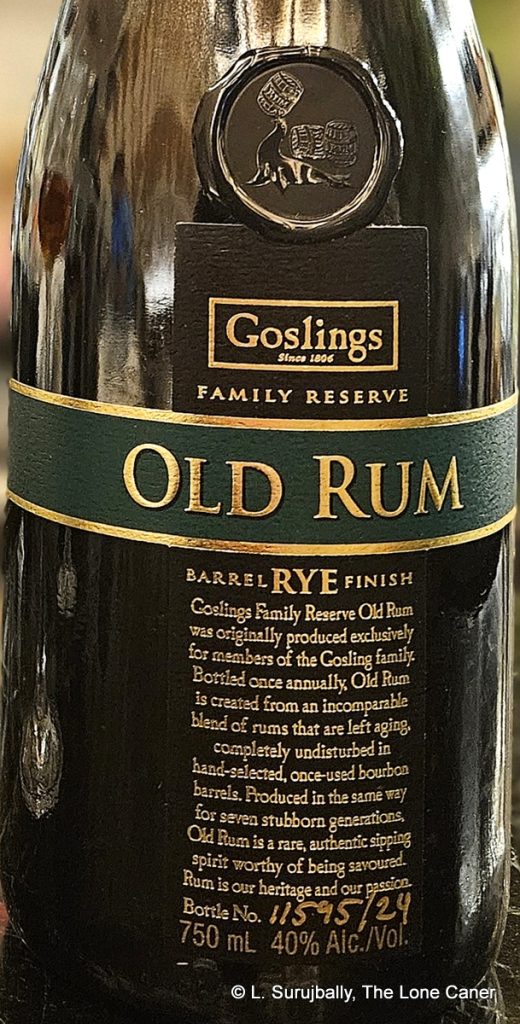
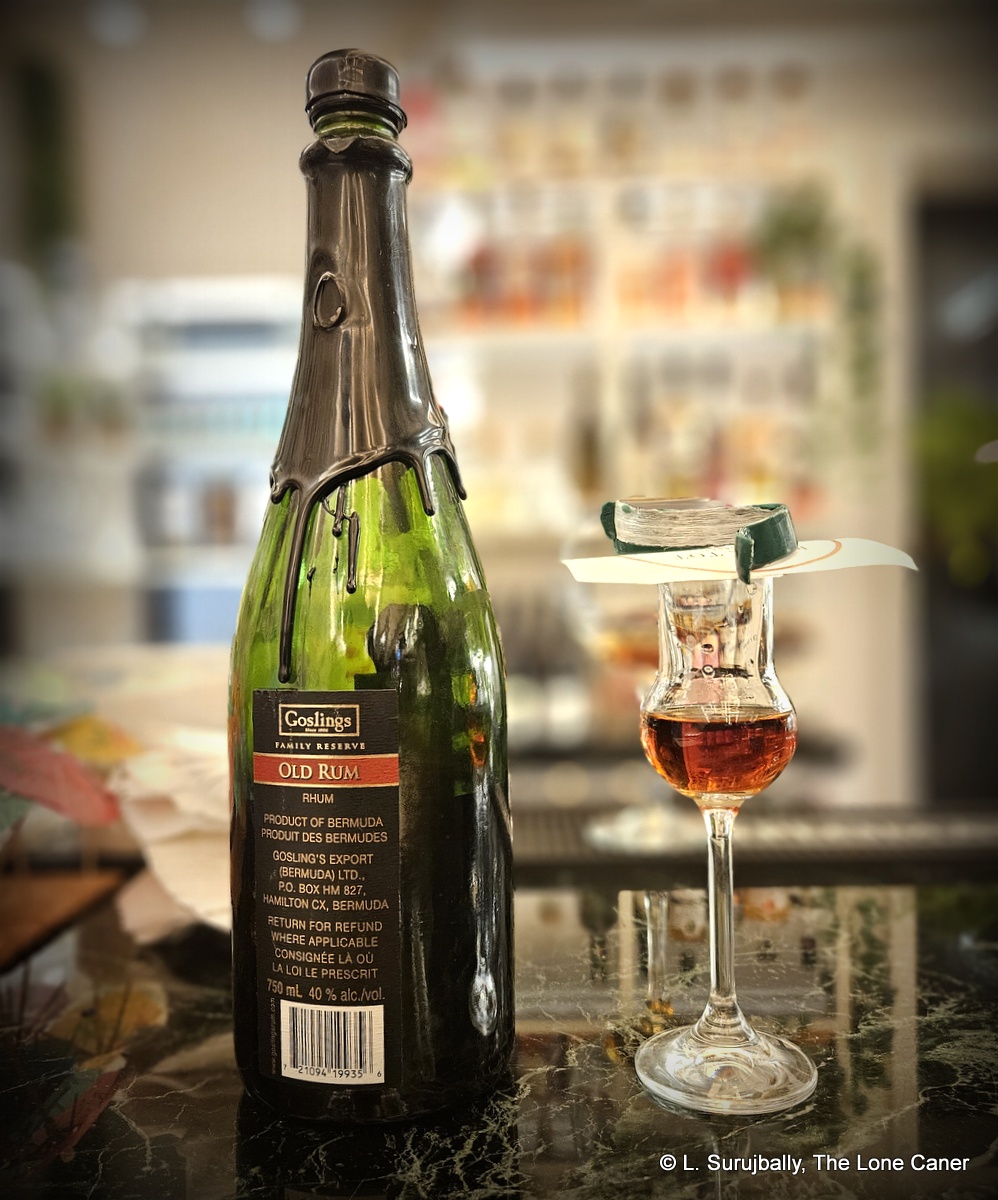
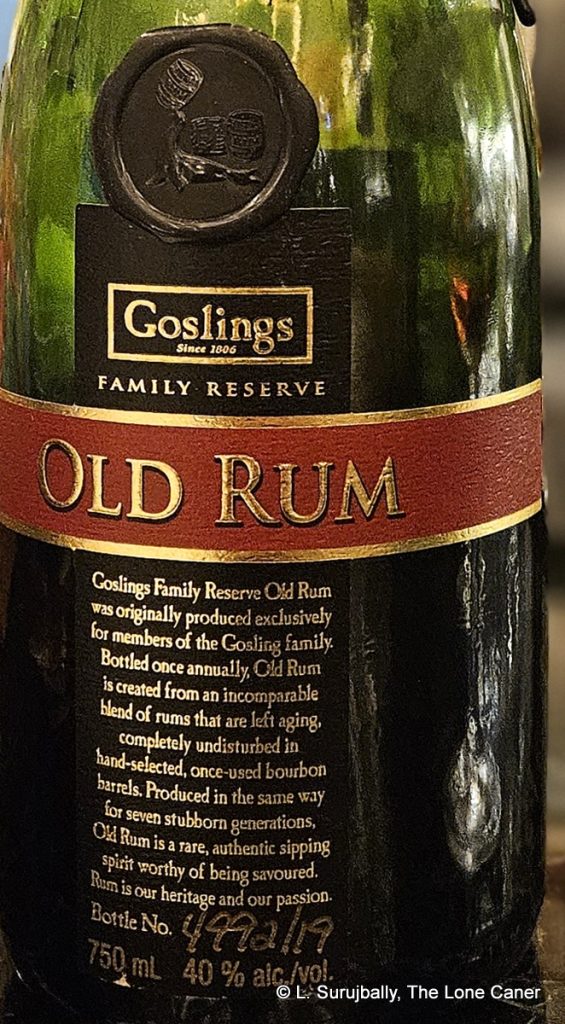
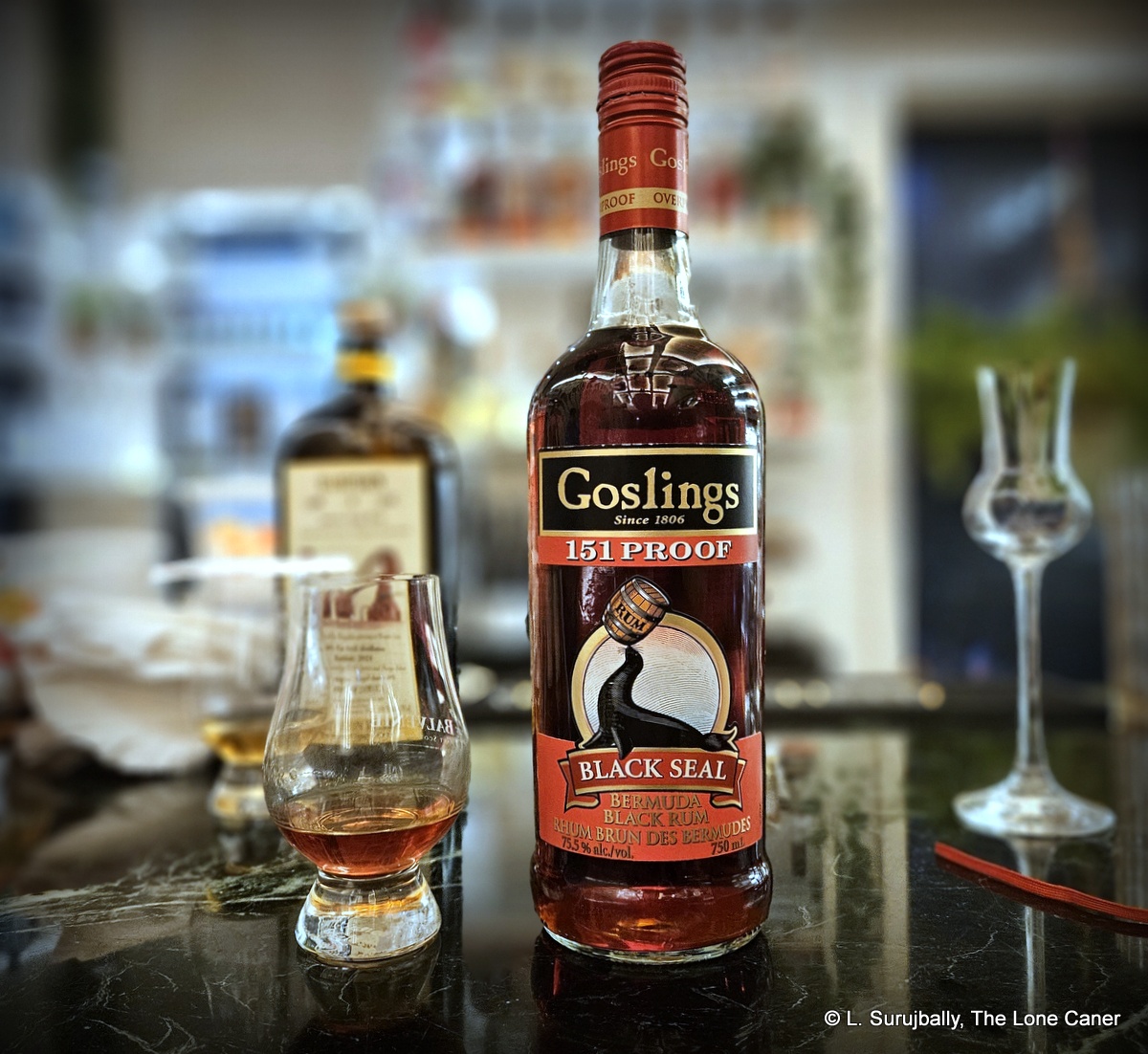
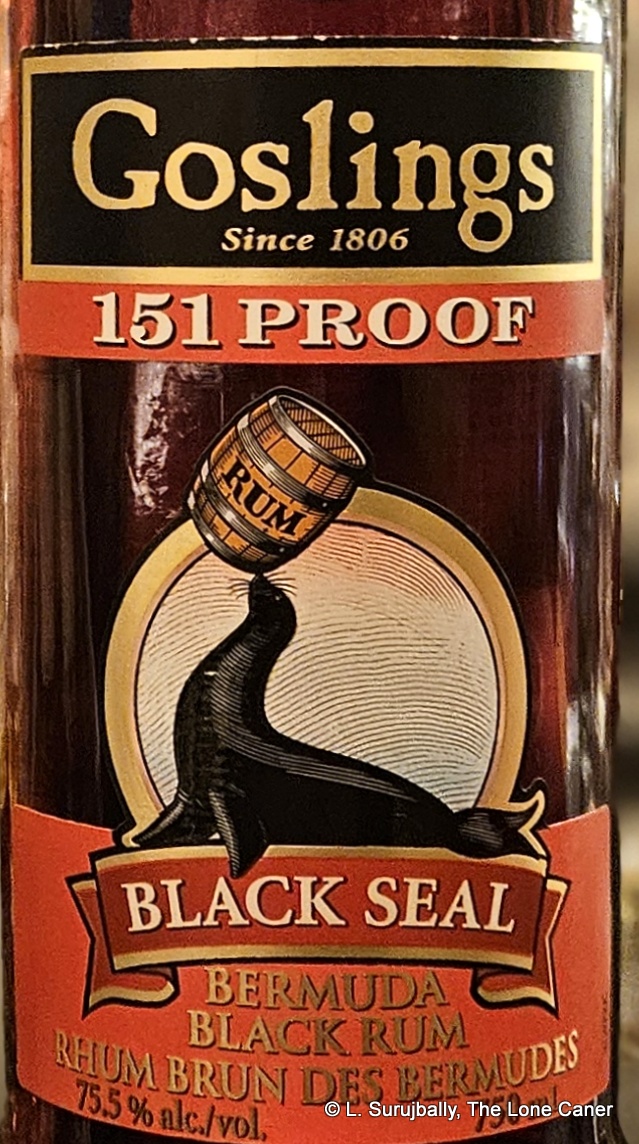
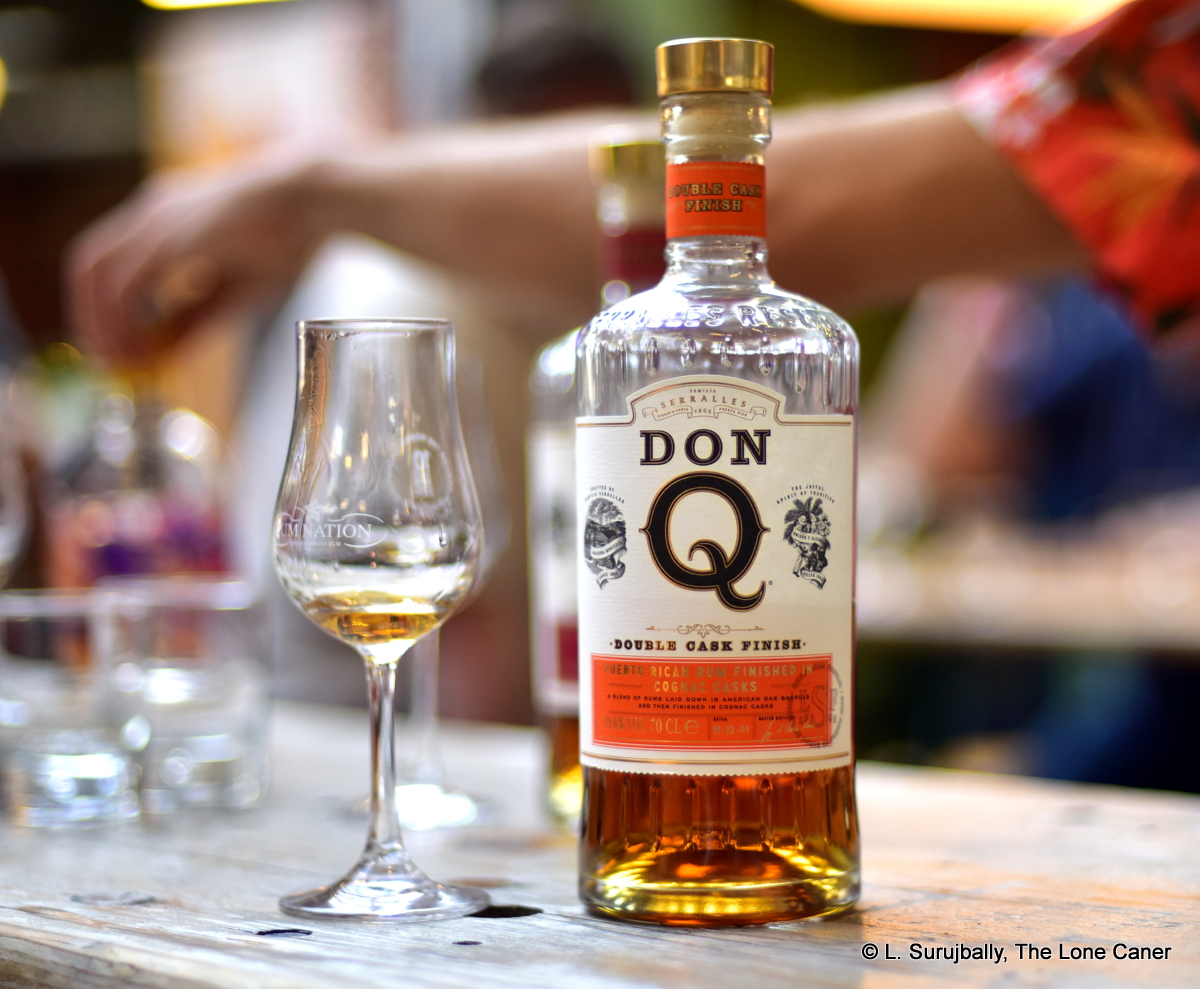
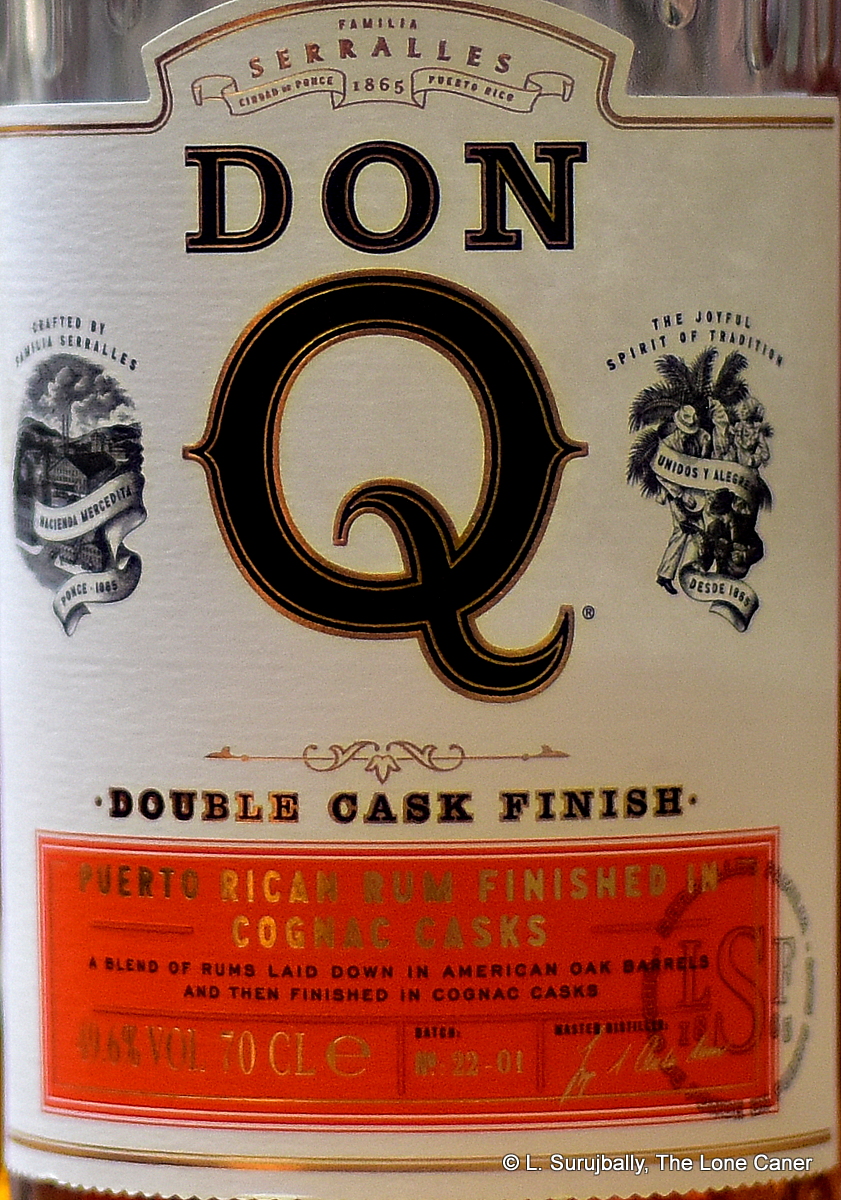
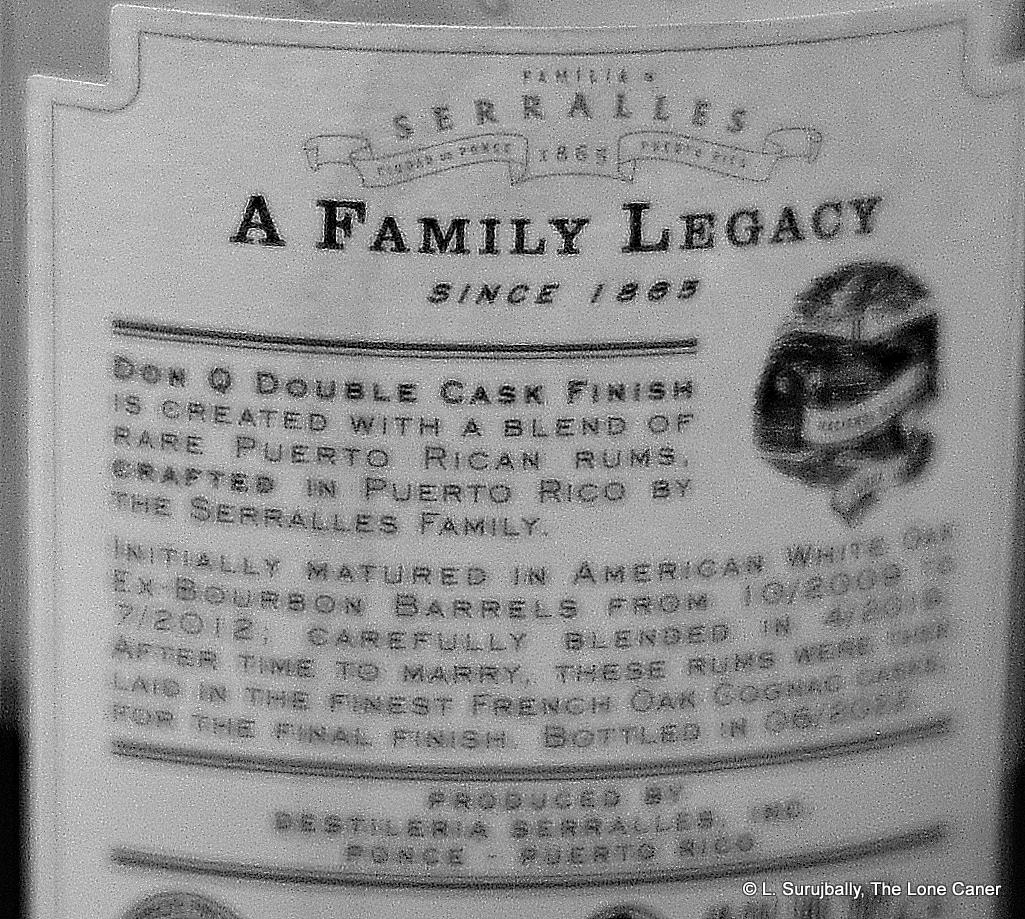
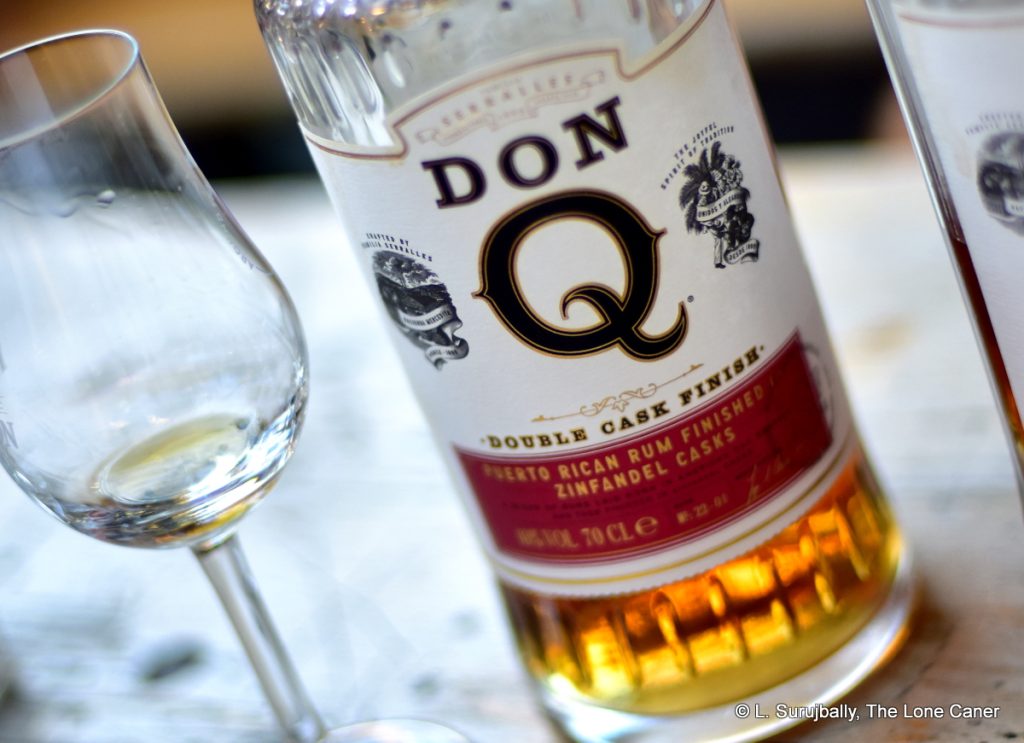
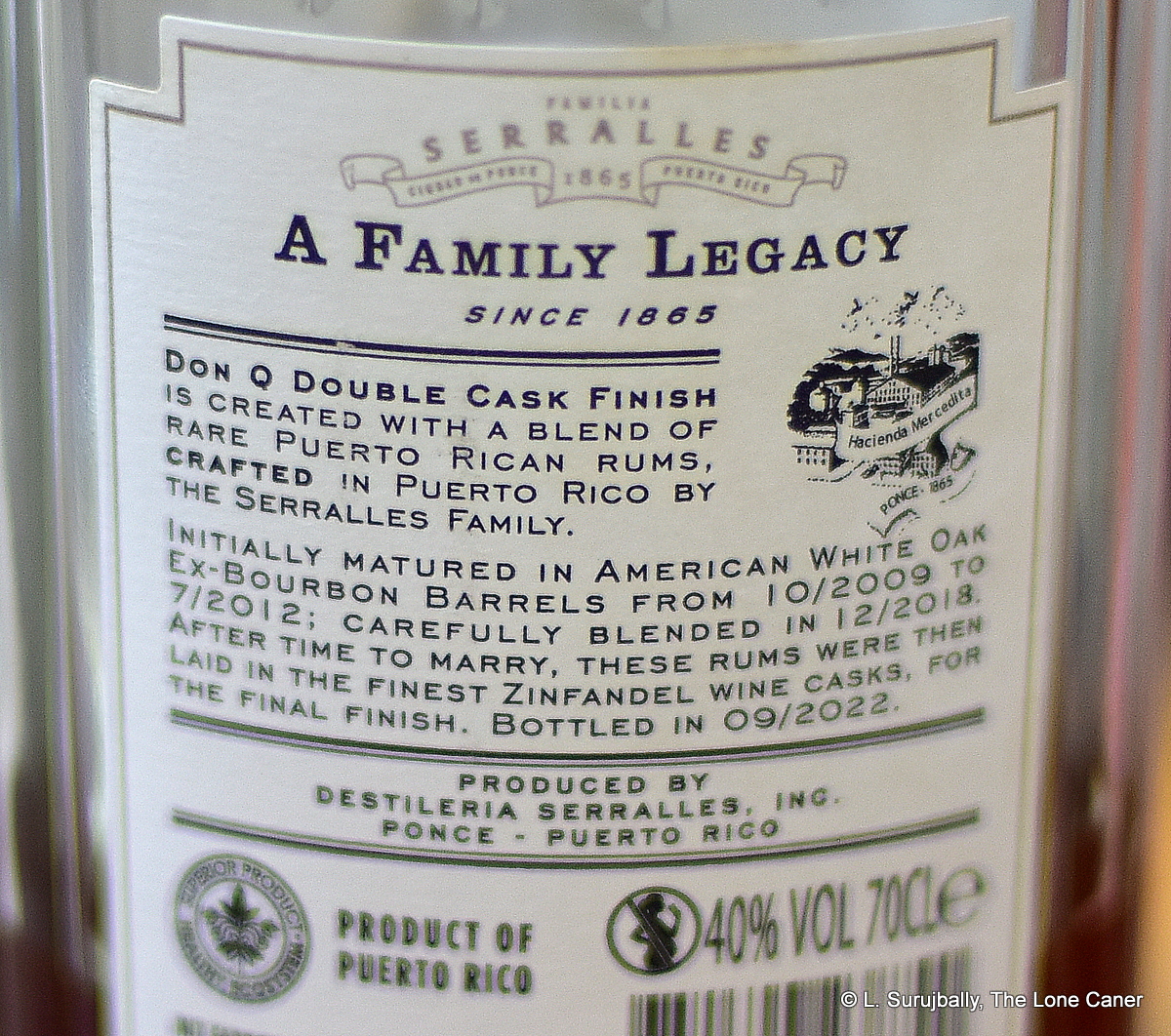
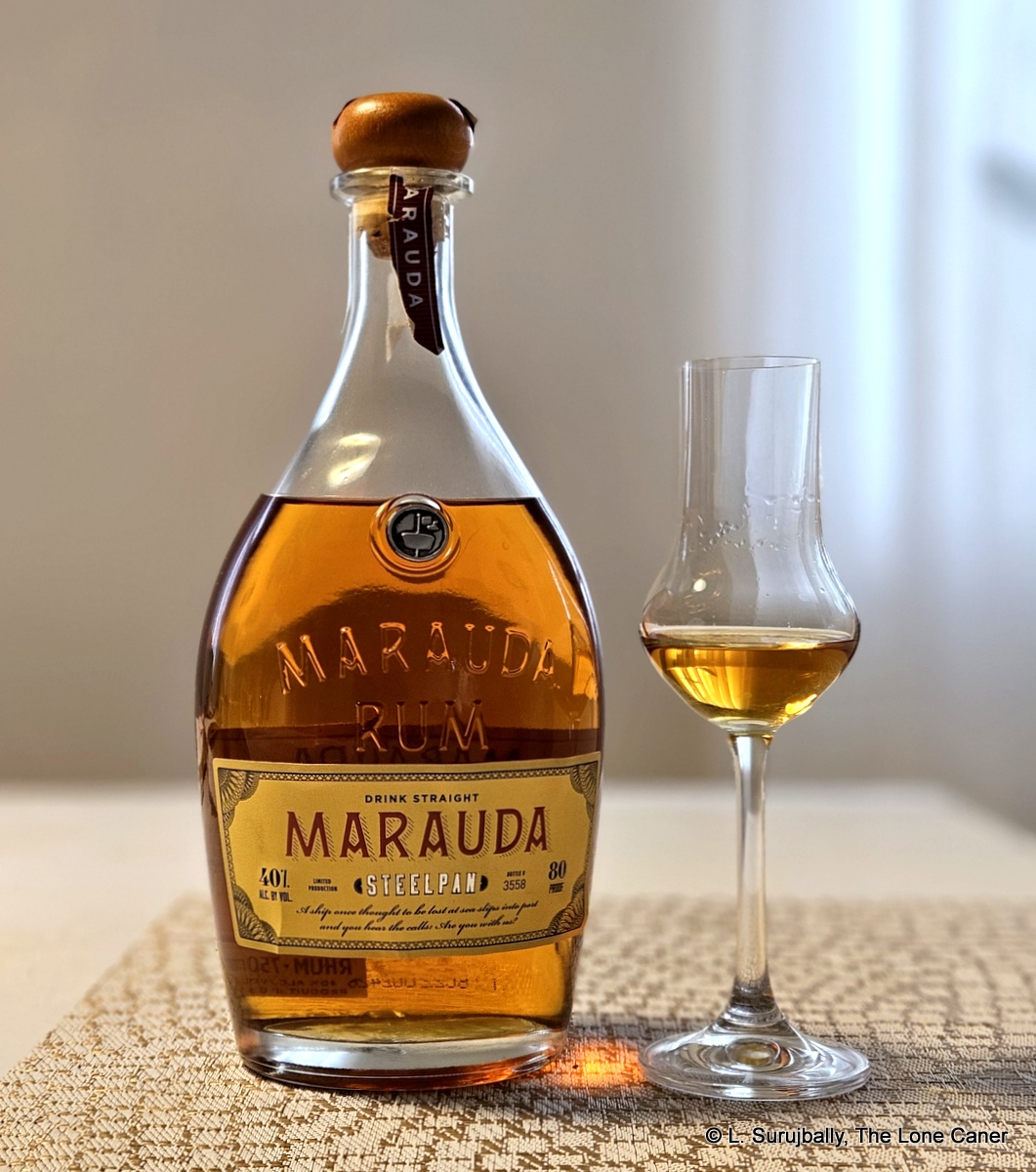
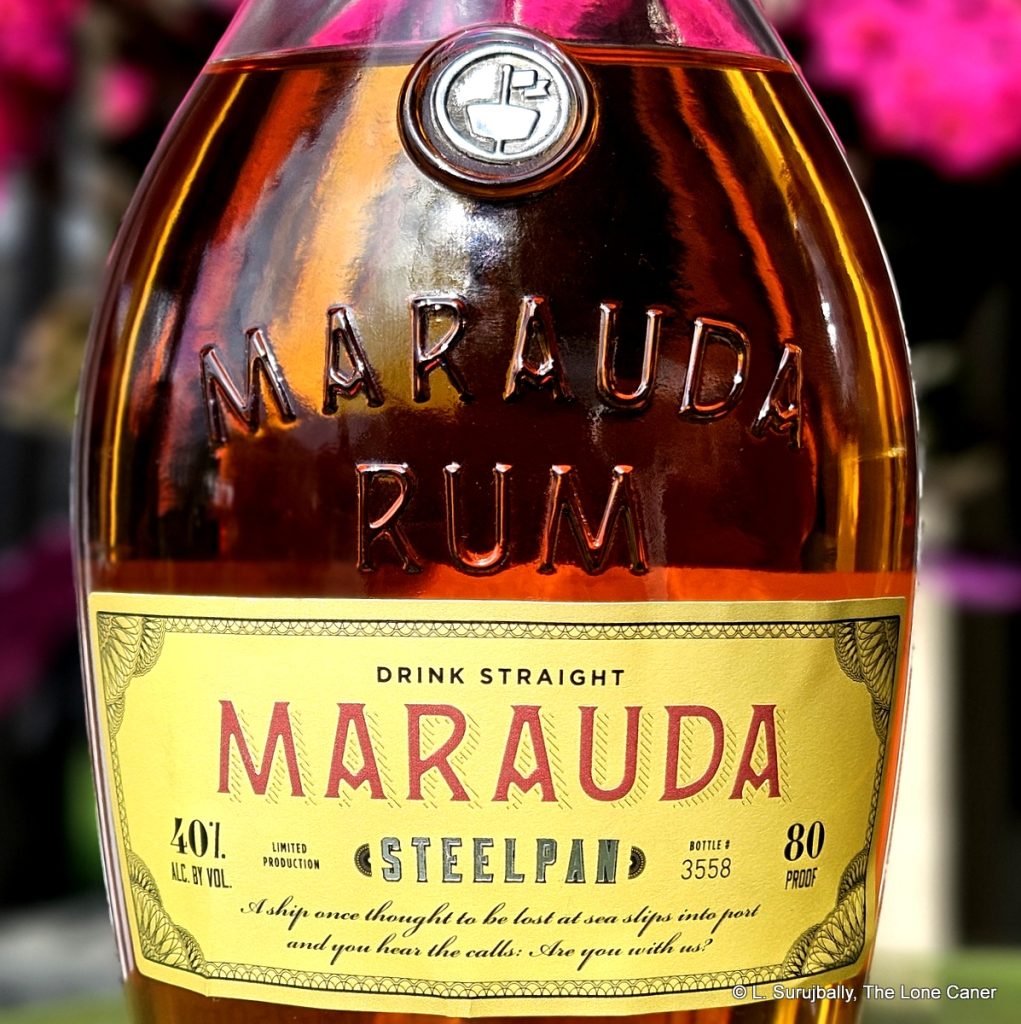
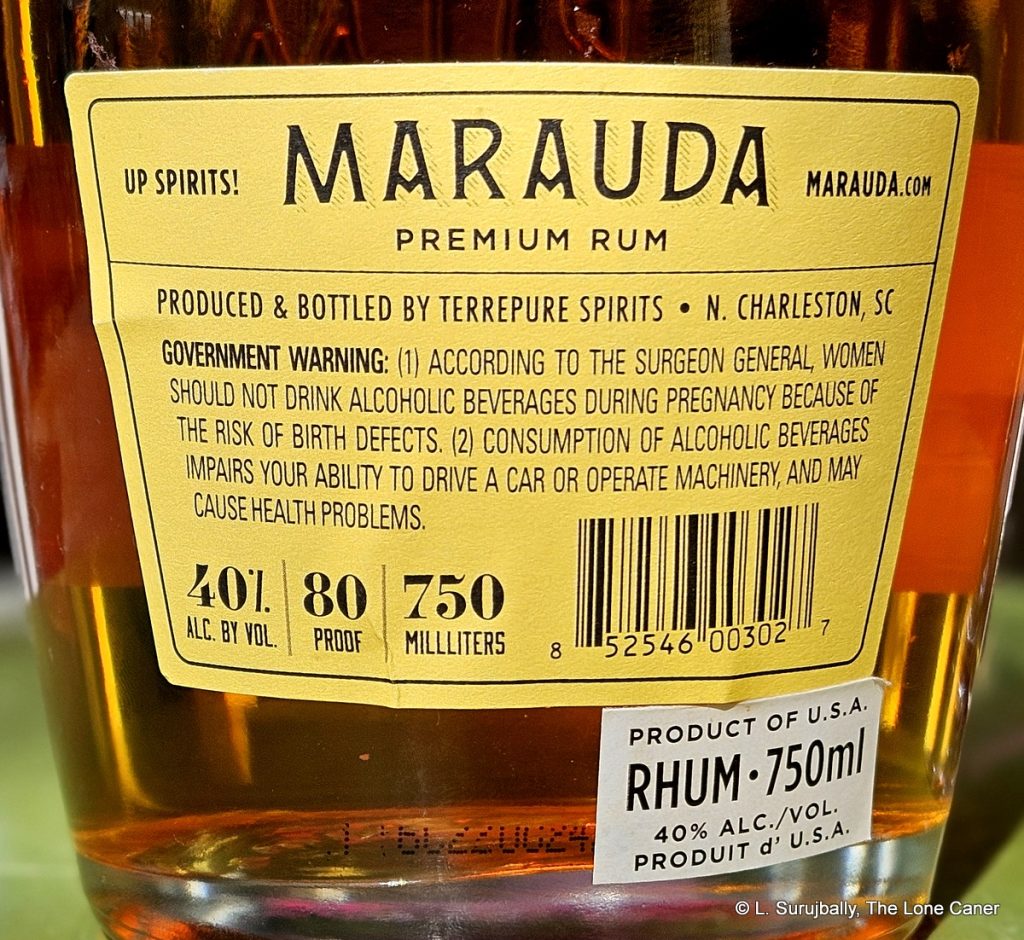
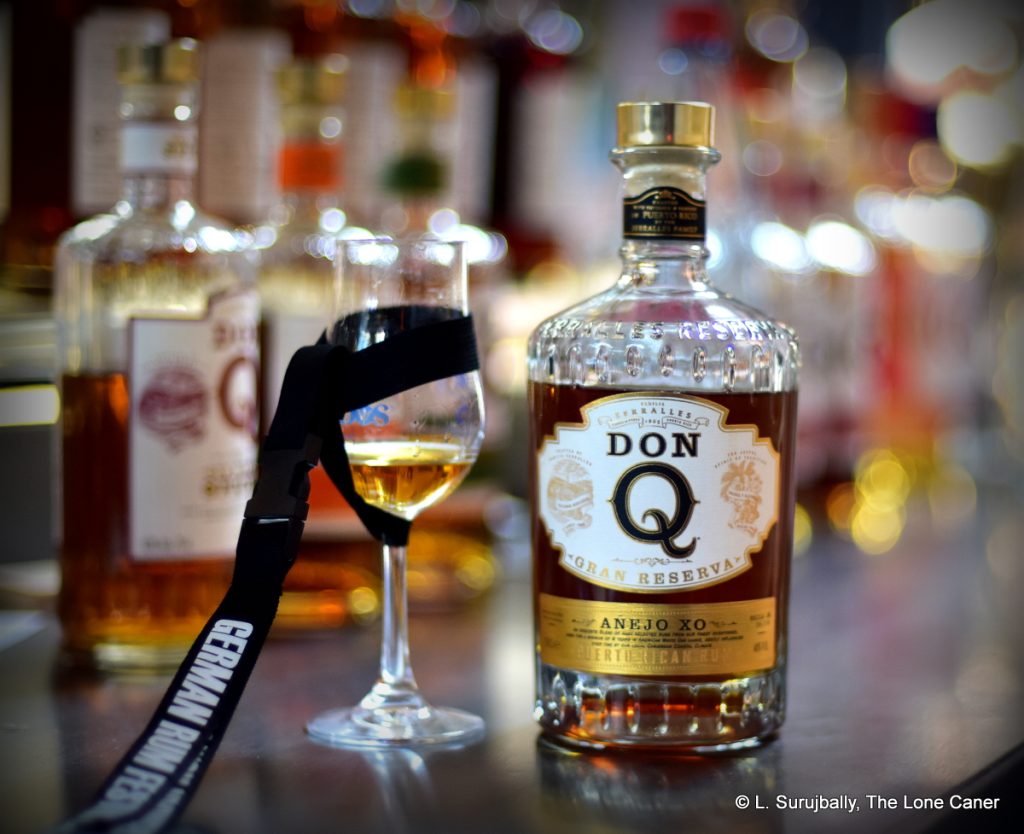
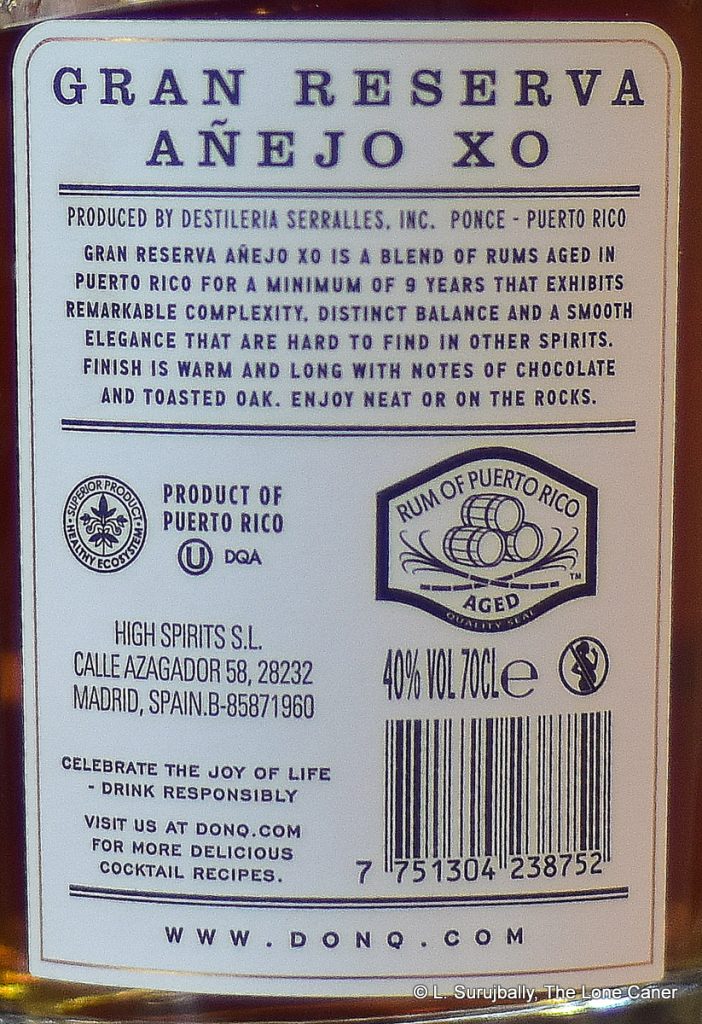
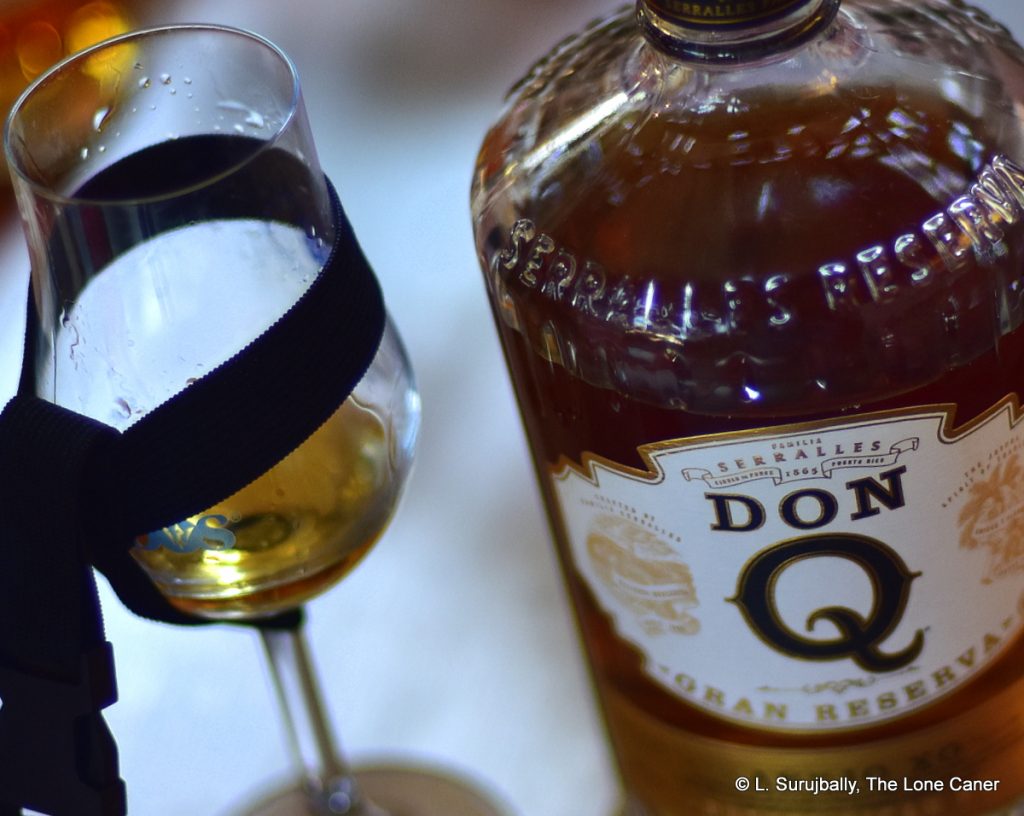
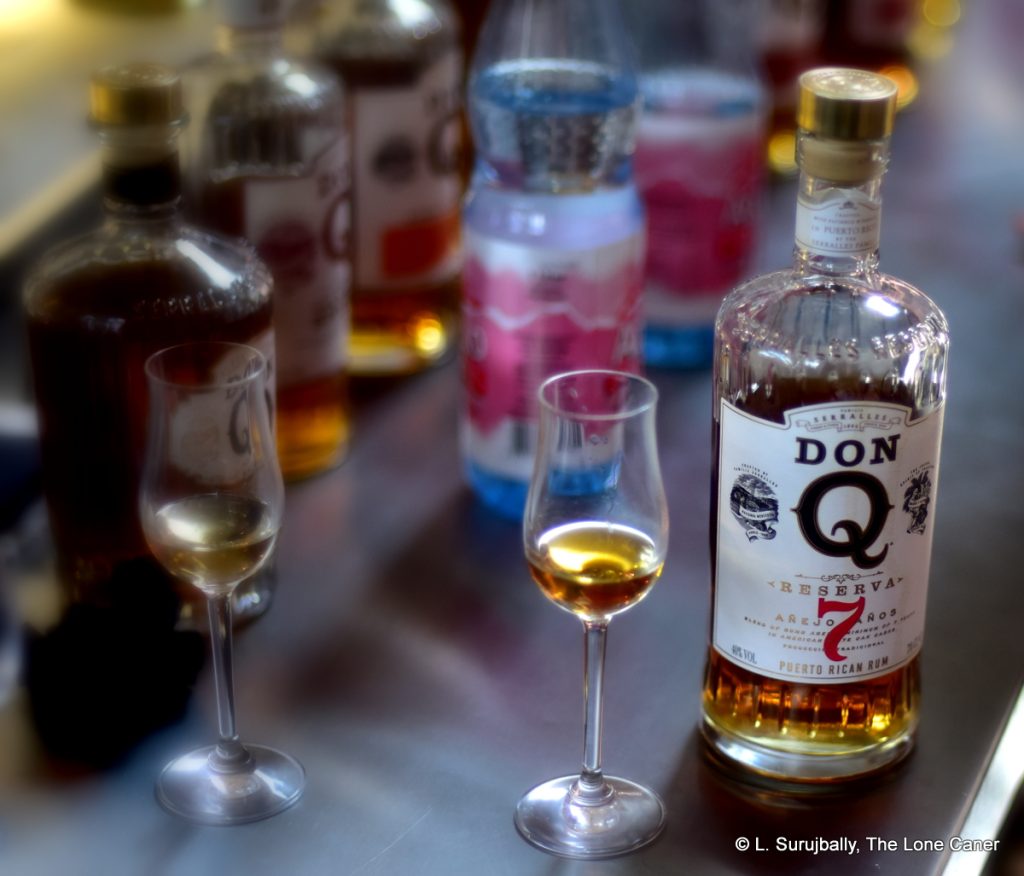
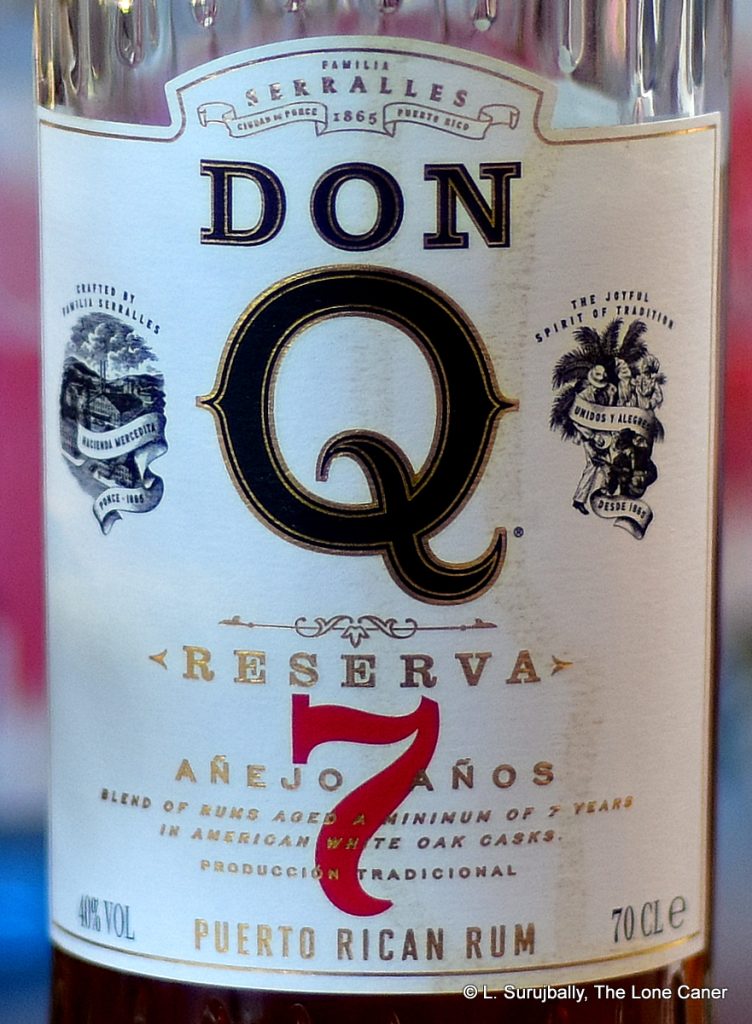
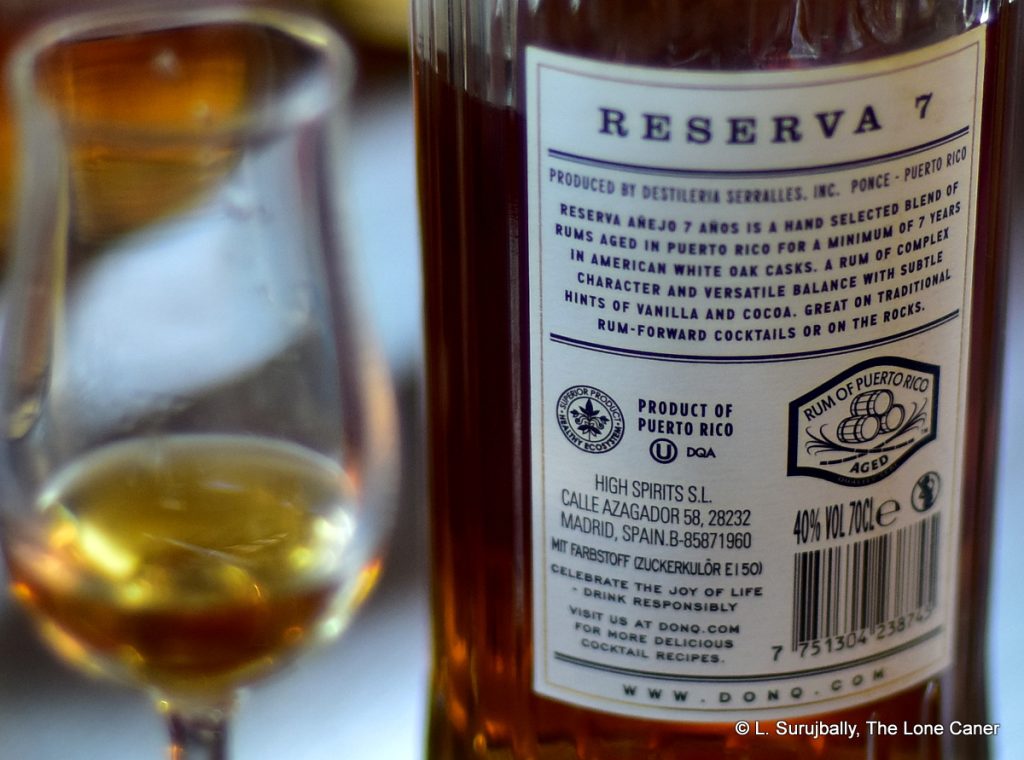

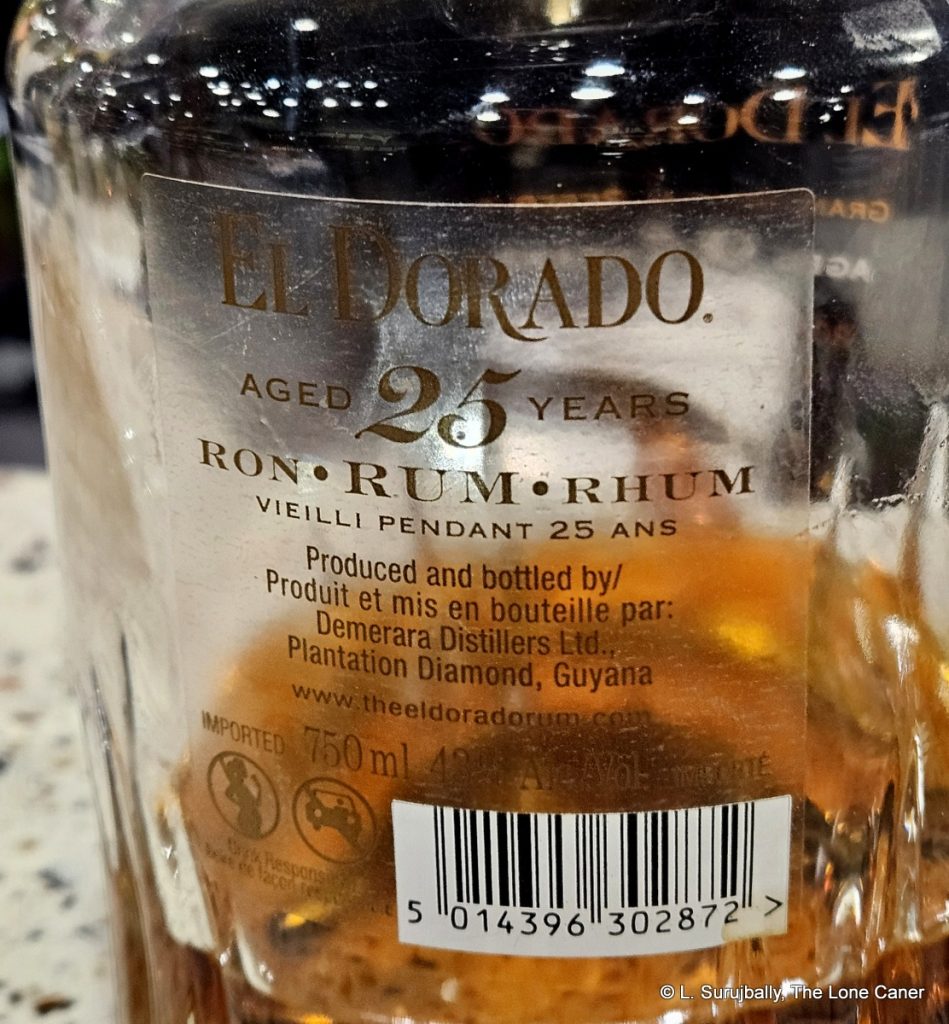
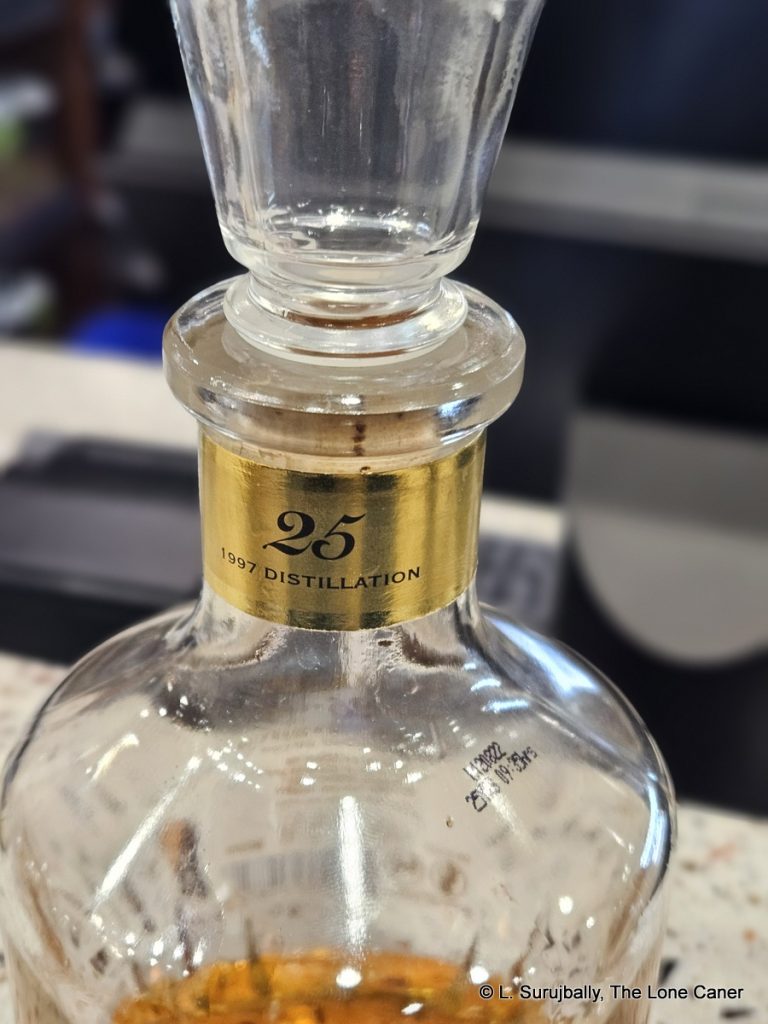
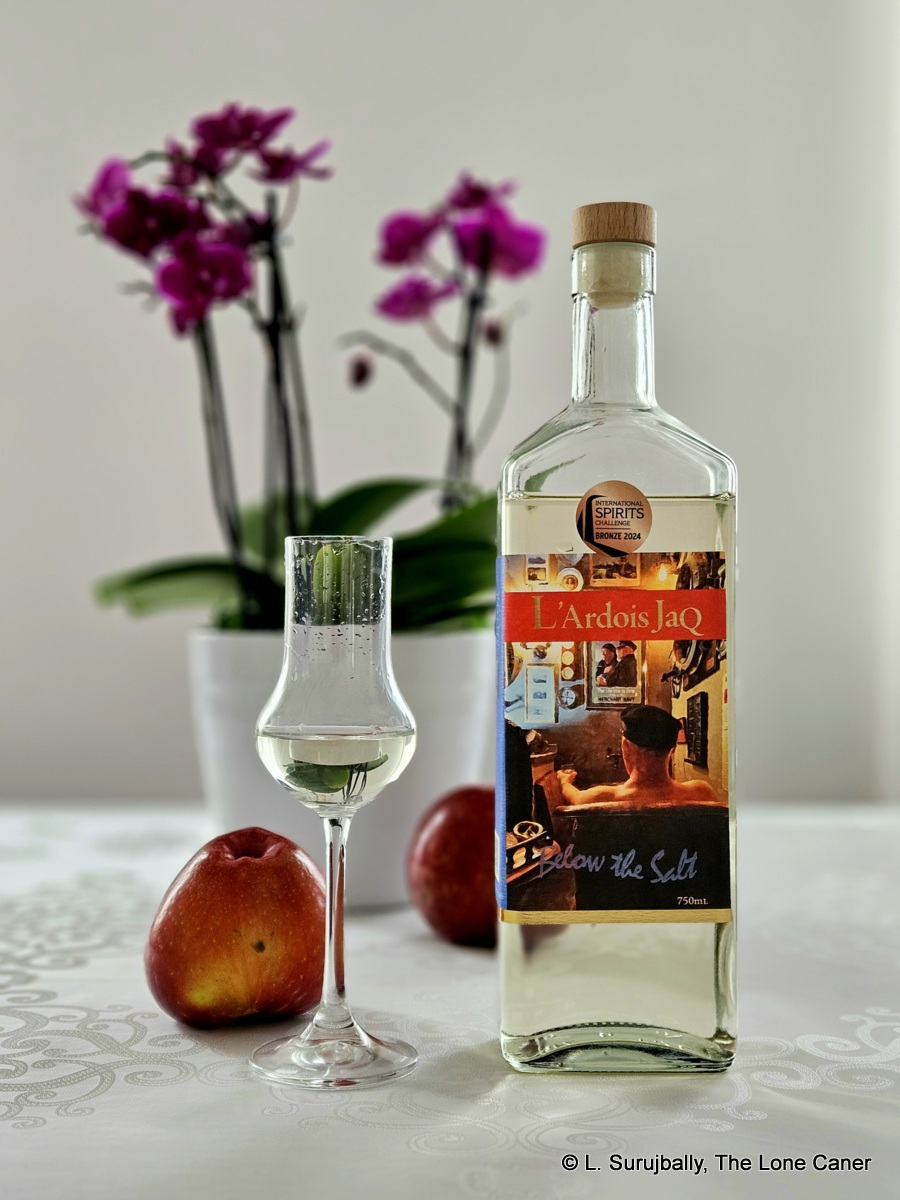

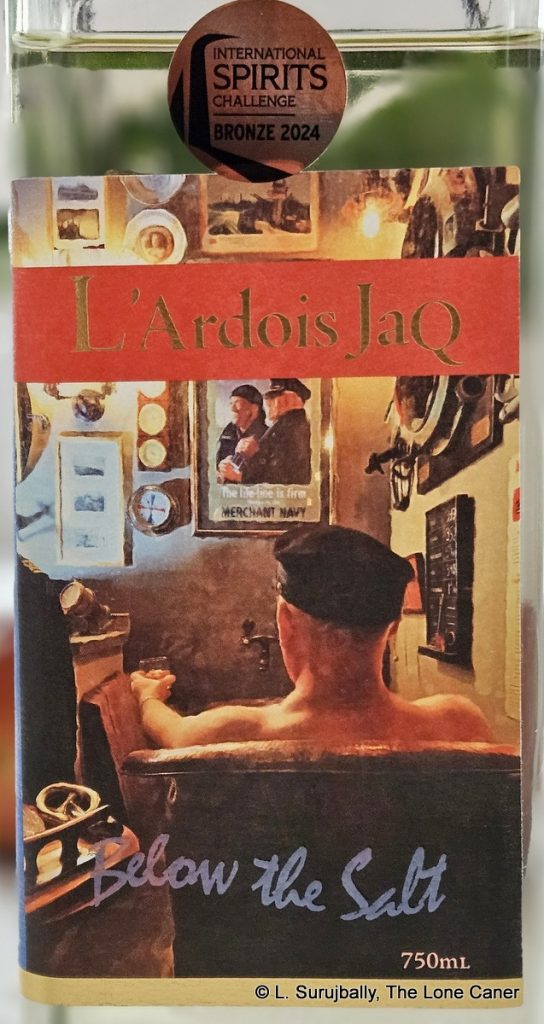
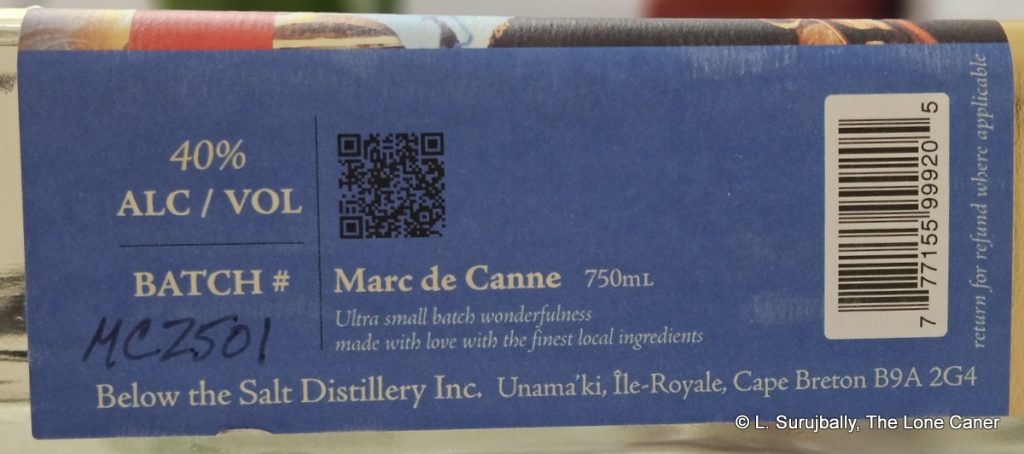

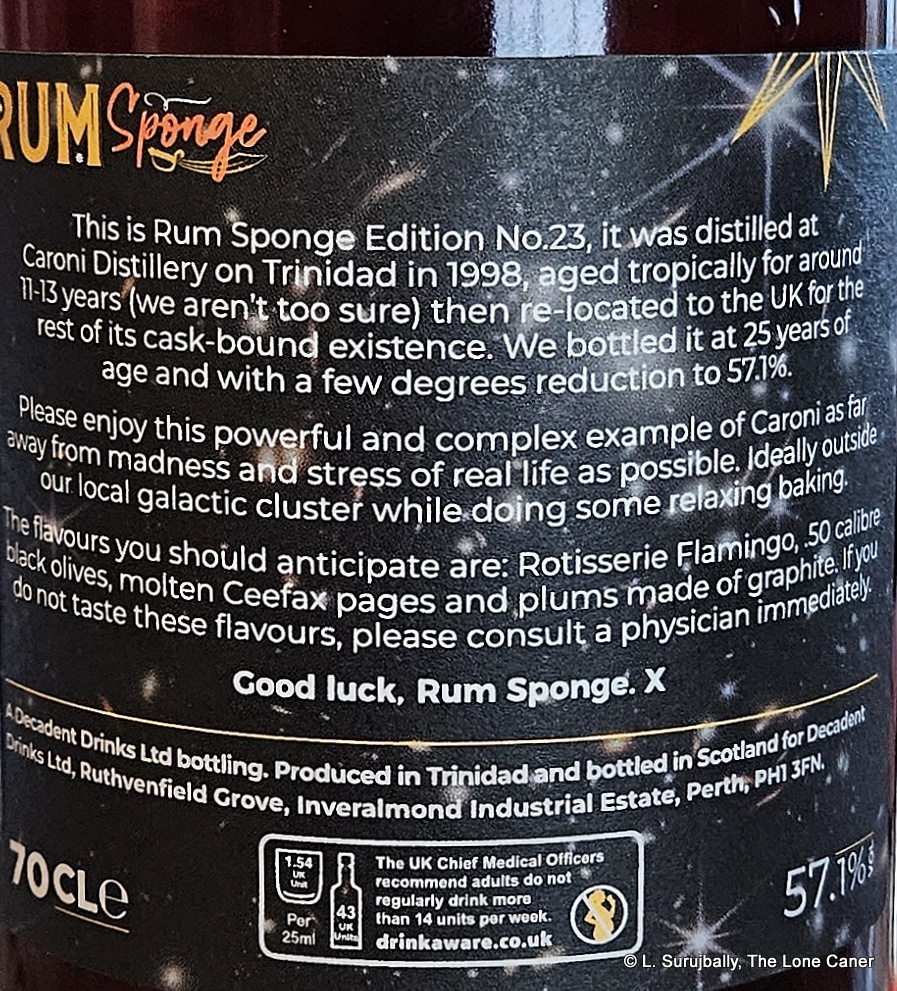
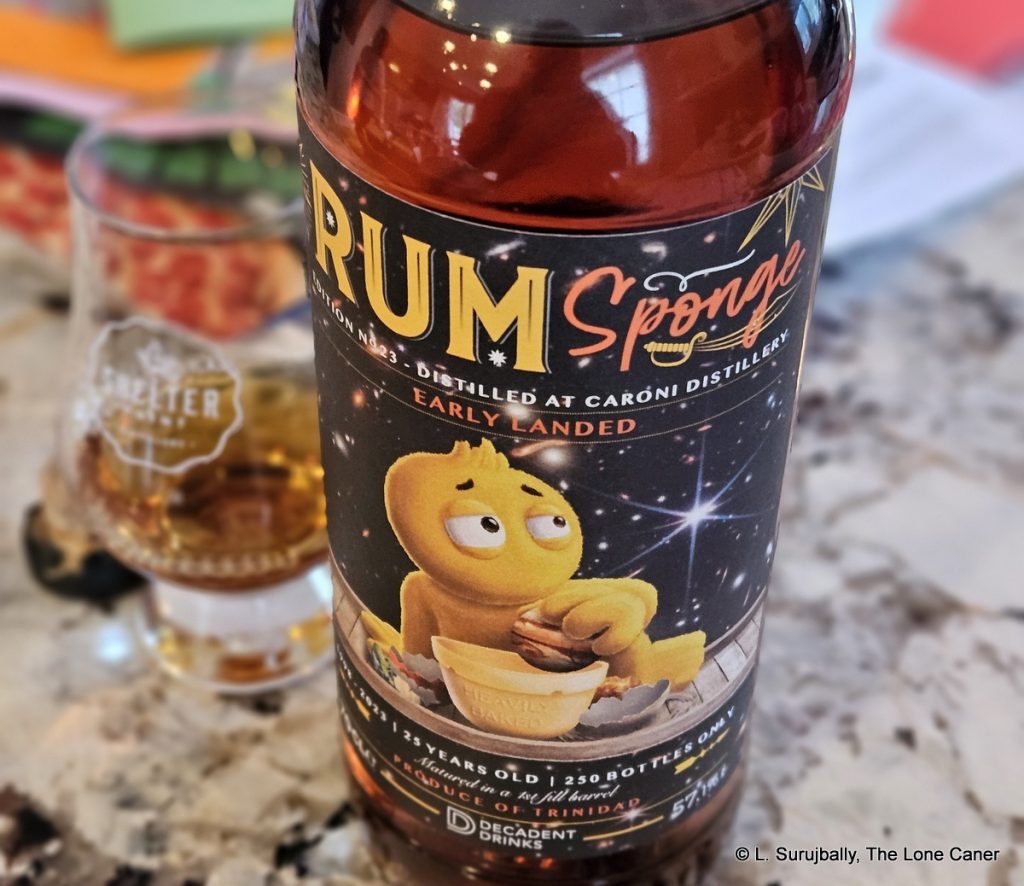

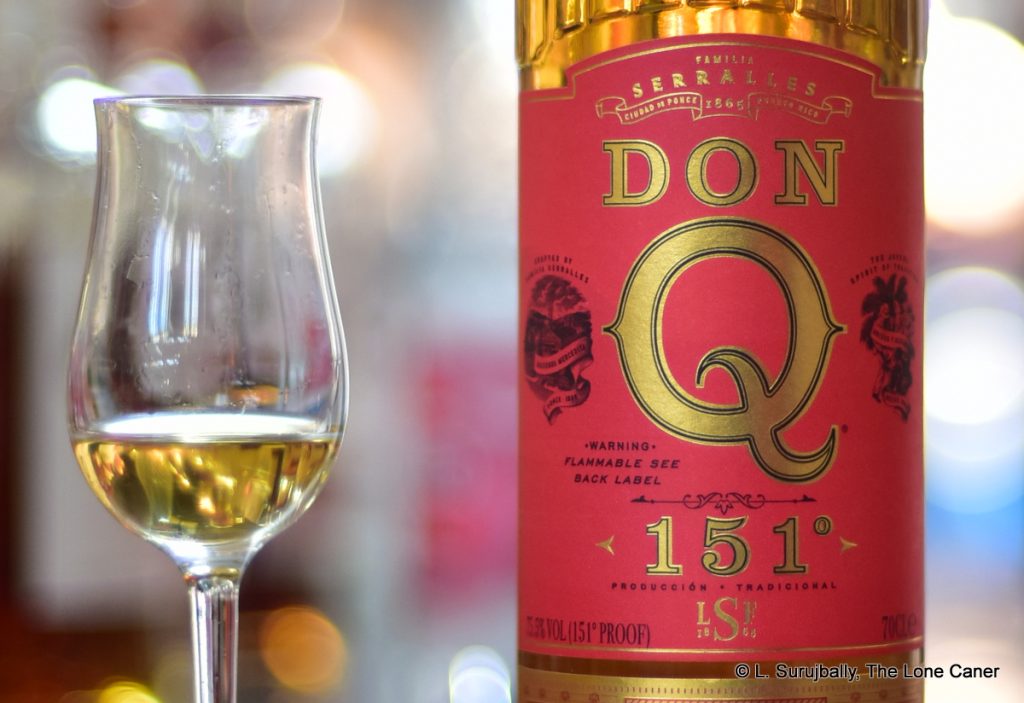
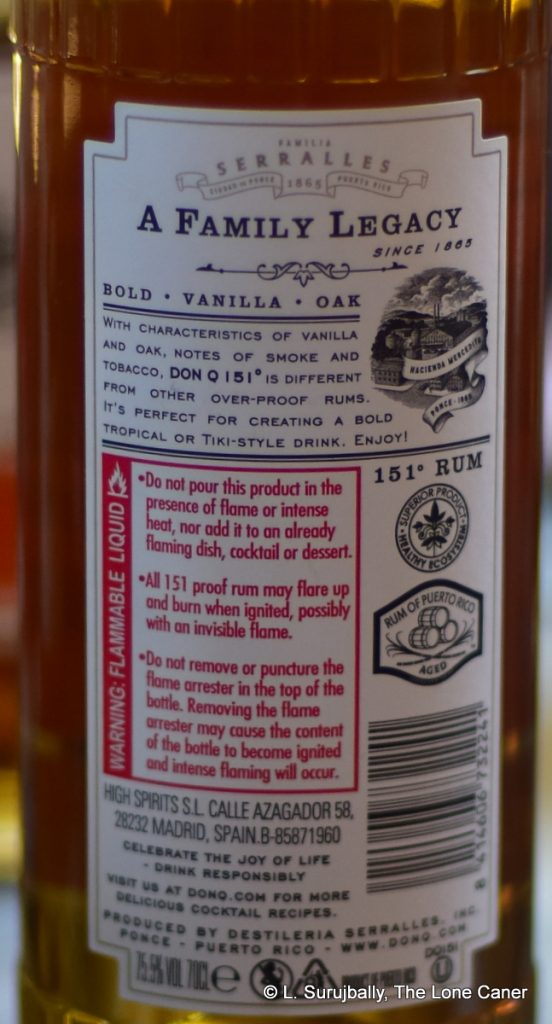
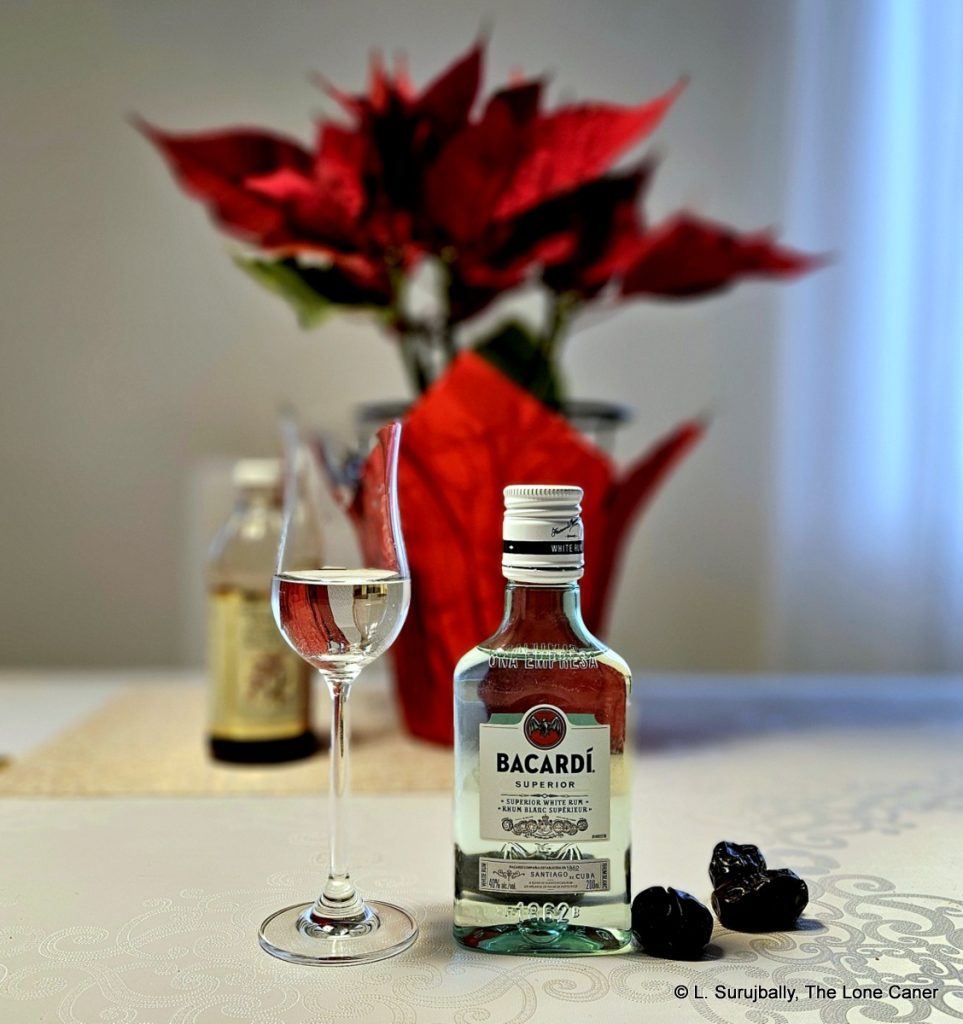
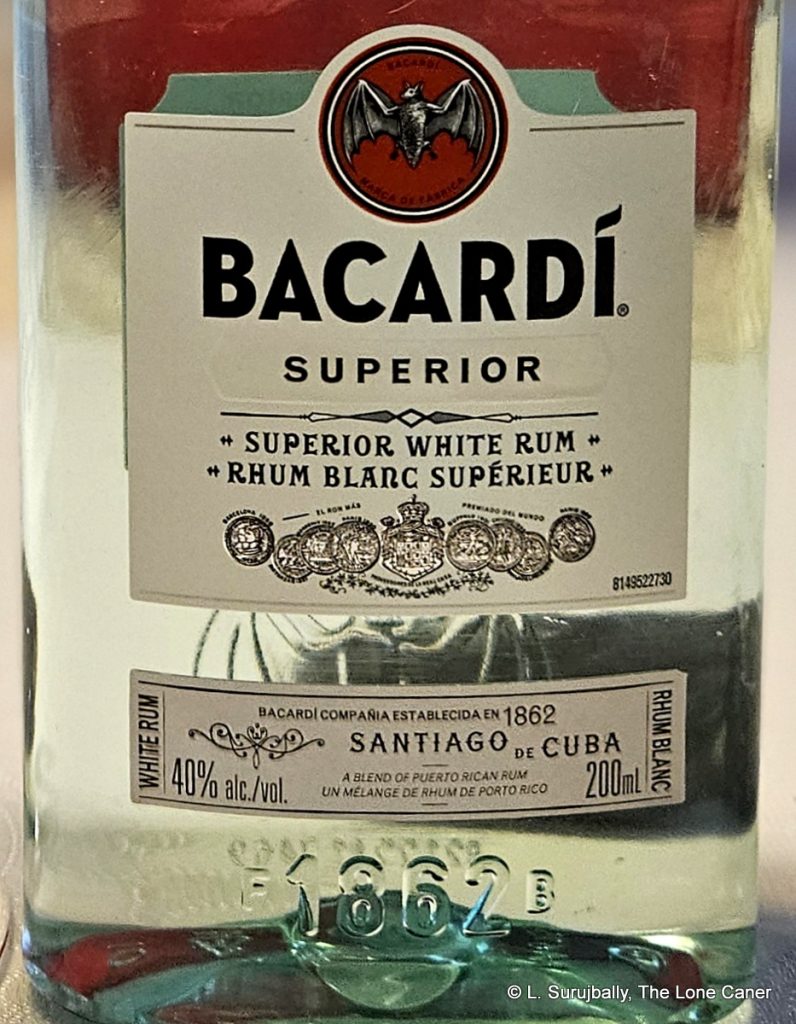
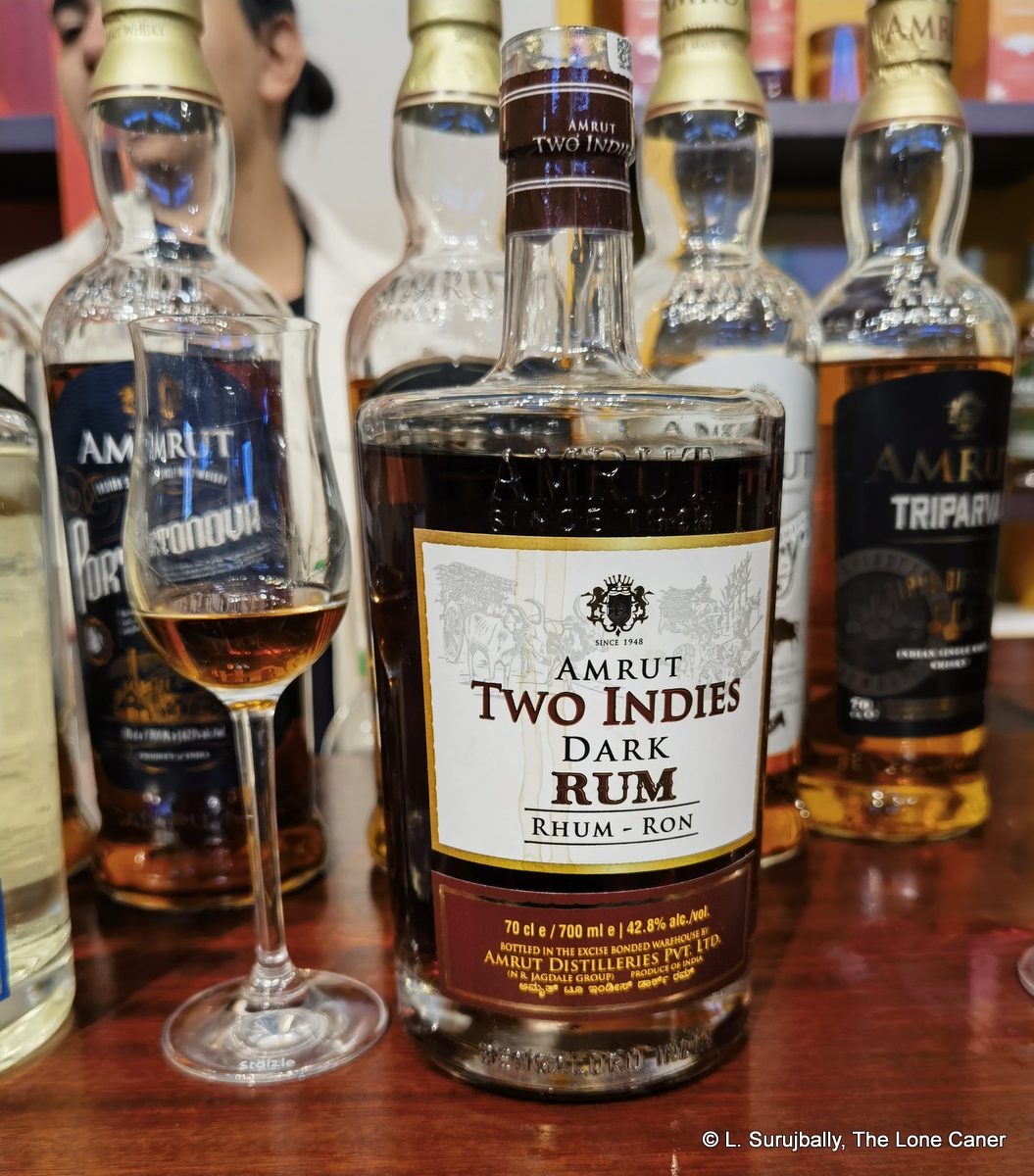
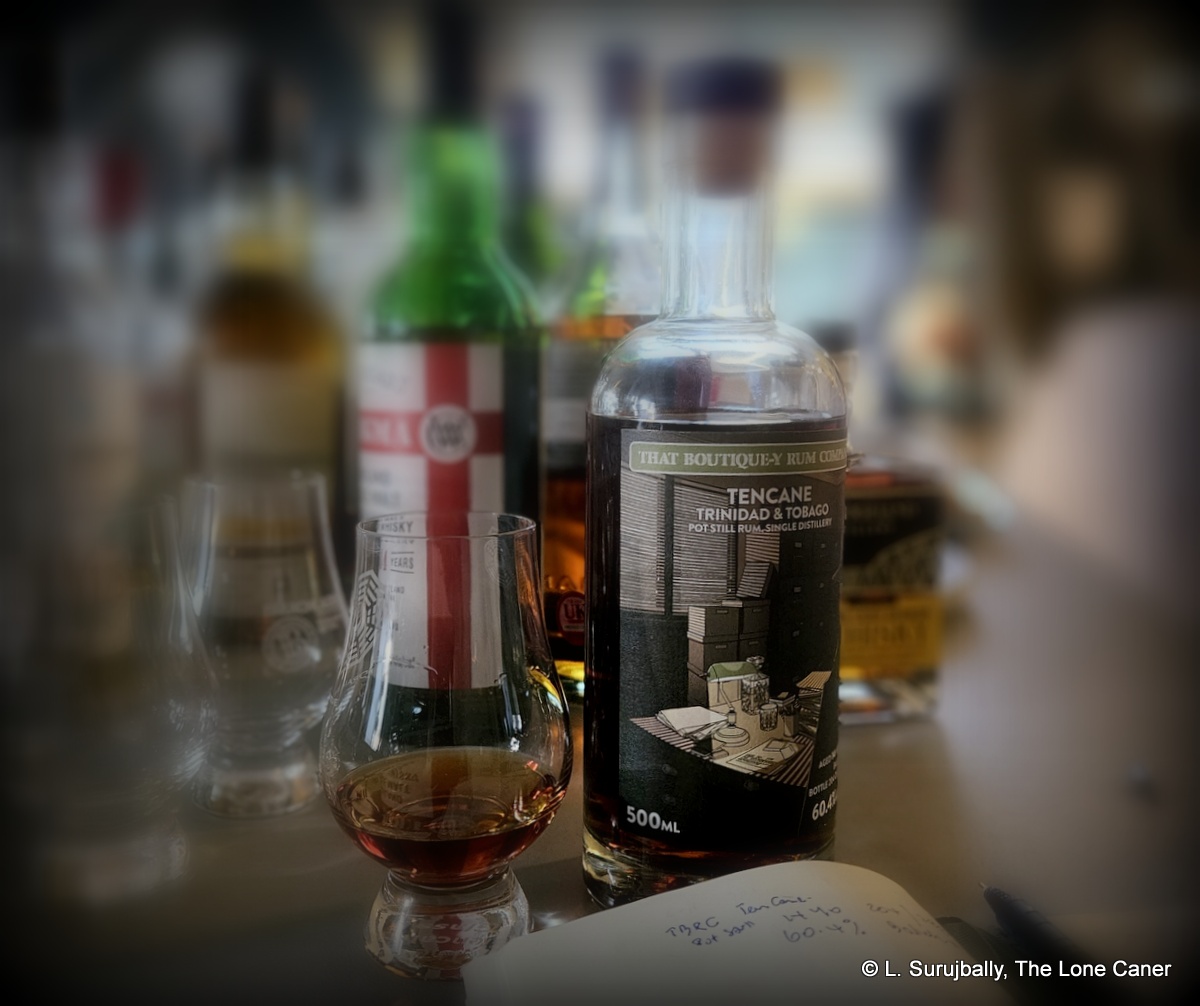
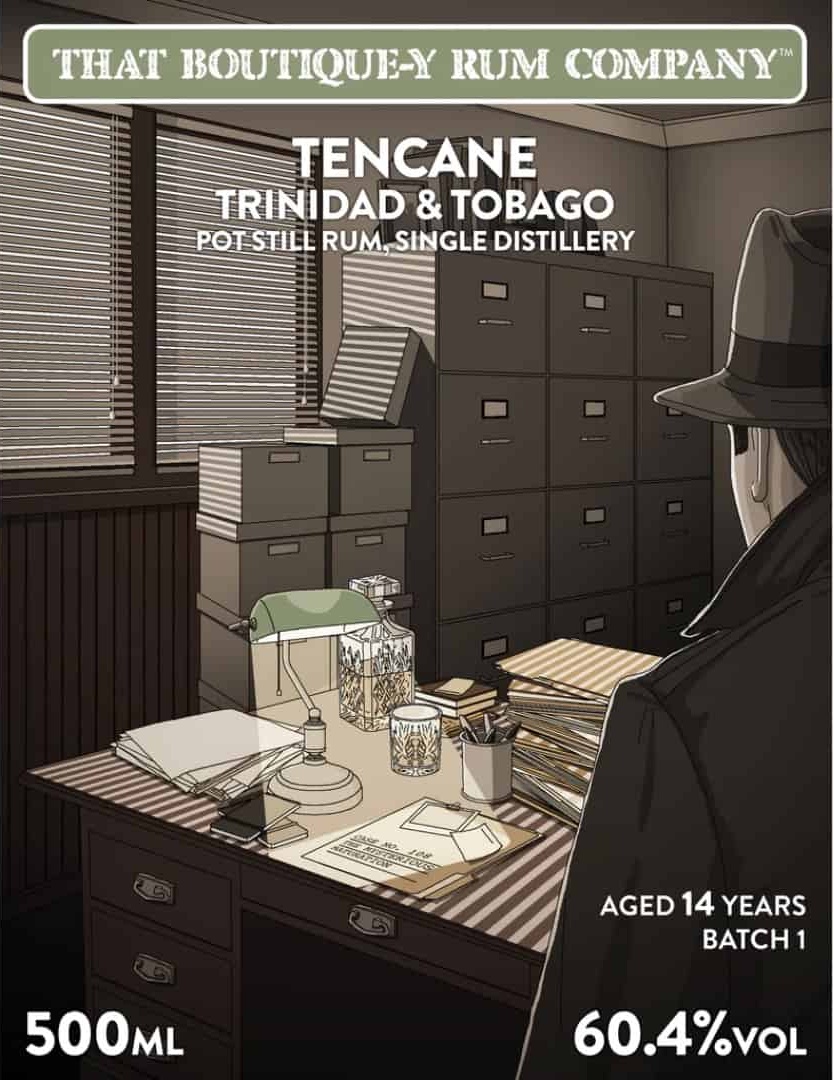
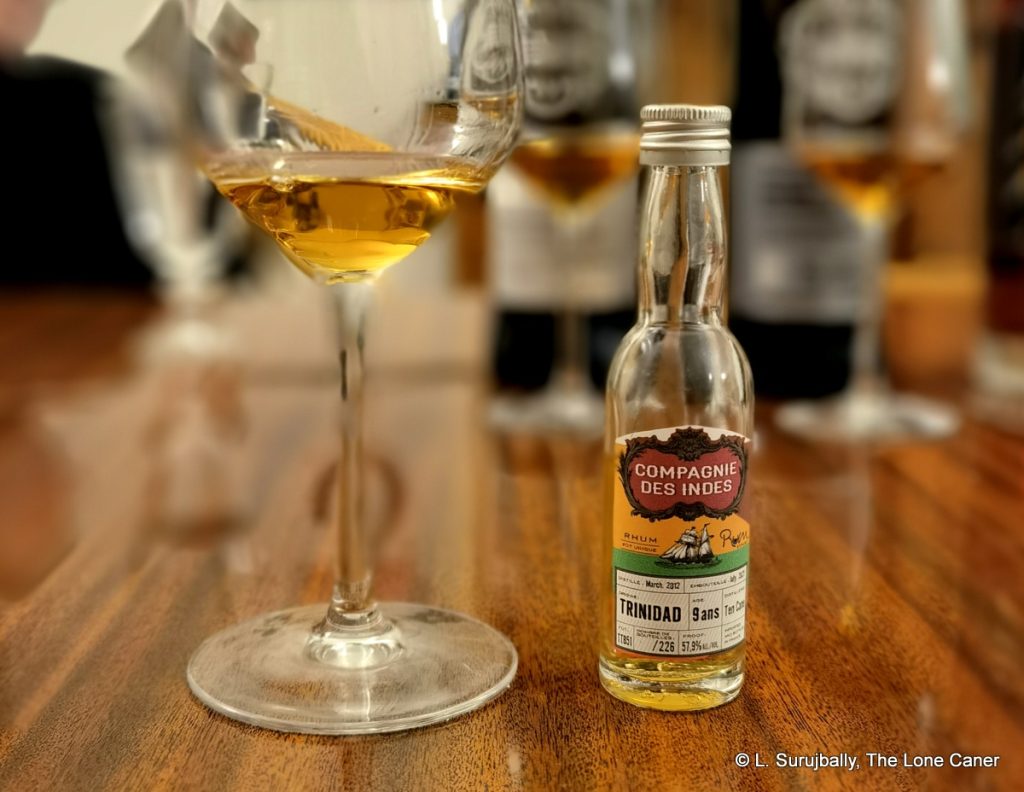
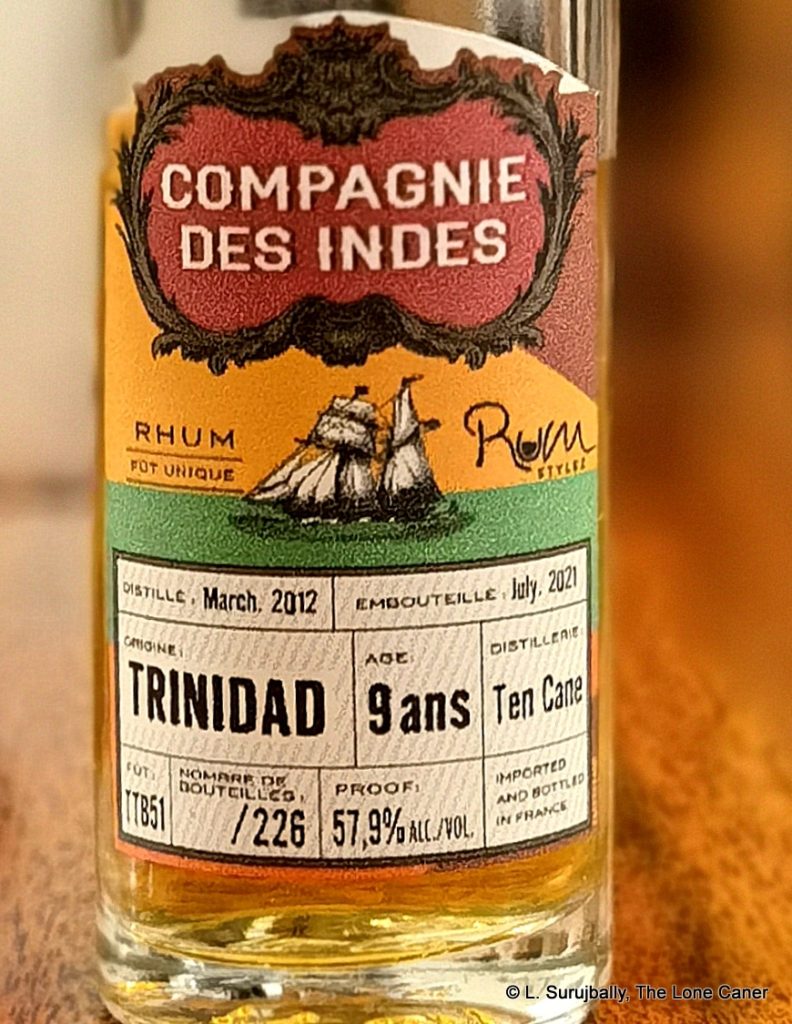 The idea was a good one and I still feel they were a little ahead of their time – the rum renaissance had not yet hit its peak – but clearly the sales were less than what was hoped for, and even after they started doing a blend of molasses and cane juice rums under the Ten Cane moniker, as well as shipping bulk to Europe for indie bottlers to work with, it didn’t pay off. In 2015 they ceased operations altogether and the remaining stock of ageing barrels were shipped over to Foursquare, and then Europe. We can still find various expressions around the indie circuit, but they are getting less all the time, and now knowledge of the brand is limited mostly to aficionados, or the odd post here or there about some dusty bottle found somewhere. Oh, and as an aside, those cognac pot stills were left to gather dust, until San Juan Artisanal Distillery in Puerto Rico outfit saw their potential and bought them to ship to their own distillery, a few years after Ten Cane folded.
The idea was a good one and I still feel they were a little ahead of their time – the rum renaissance had not yet hit its peak – but clearly the sales were less than what was hoped for, and even after they started doing a blend of molasses and cane juice rums under the Ten Cane moniker, as well as shipping bulk to Europe for indie bottlers to work with, it didn’t pay off. In 2015 they ceased operations altogether and the remaining stock of ageing barrels were shipped over to Foursquare, and then Europe. We can still find various expressions around the indie circuit, but they are getting less all the time, and now knowledge of the brand is limited mostly to aficionados, or the odd post here or there about some dusty bottle found somewhere. Oh, and as an aside, those cognac pot stills were left to gather dust, until San Juan Artisanal Distillery in Puerto Rico outfit saw their potential and bought them to ship to their own distillery, a few years after Ten Cane folded.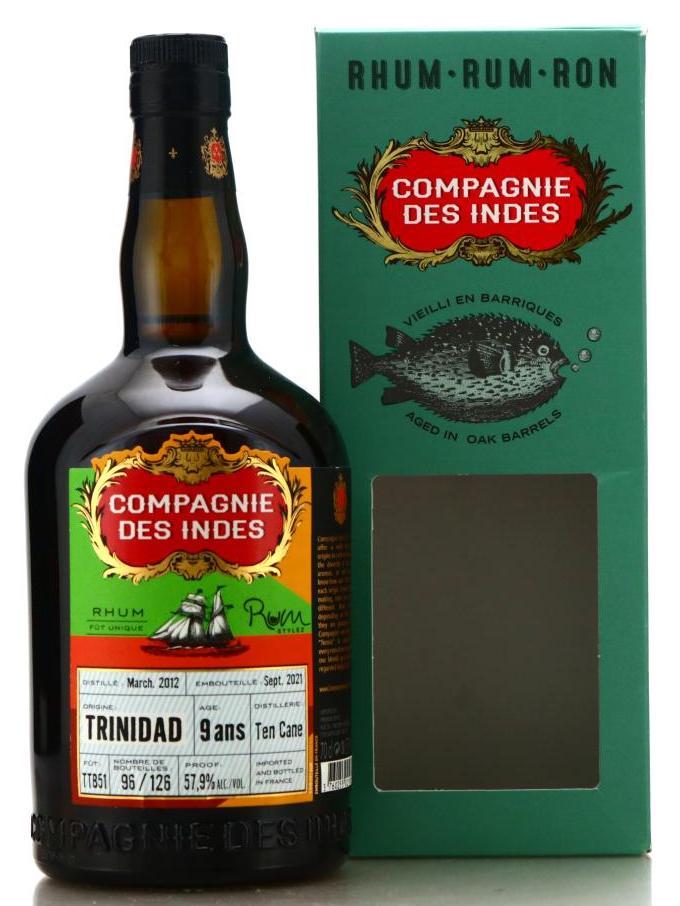 On balance, I can’t say the rum impressed me that much (though I’d buy it if the price was right). It’s a decently made product with a nice series of aromas and tastes, yet it remains somewhat thin even at its strength, and overall, it suggests potential more than actuality. Moreover, the profile just doesn’t come together very well, and one gets the impression the various elements of sweet, salt, fruit and what have you, are playing against each other, rather than working together to provide a cohesive tasting profile. It makes the overall experience less, if only for me.
On balance, I can’t say the rum impressed me that much (though I’d buy it if the price was right). It’s a decently made product with a nice series of aromas and tastes, yet it remains somewhat thin even at its strength, and overall, it suggests potential more than actuality. Moreover, the profile just doesn’t come together very well, and one gets the impression the various elements of sweet, salt, fruit and what have you, are playing against each other, rather than working together to provide a cohesive tasting profile. It makes the overall experience less, if only for me.